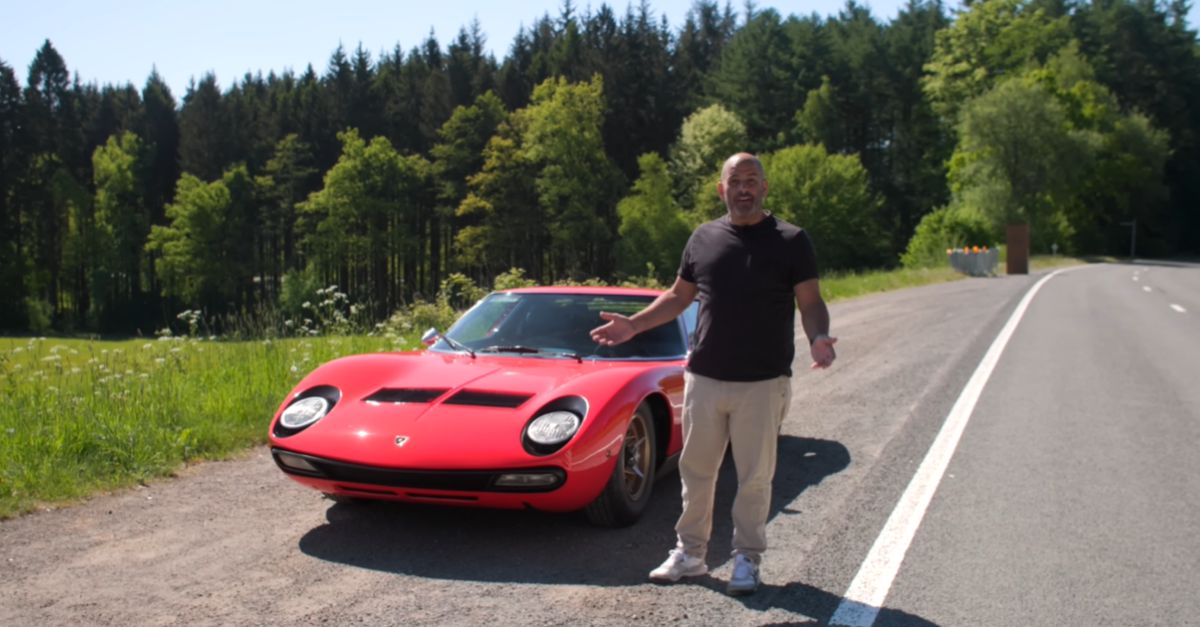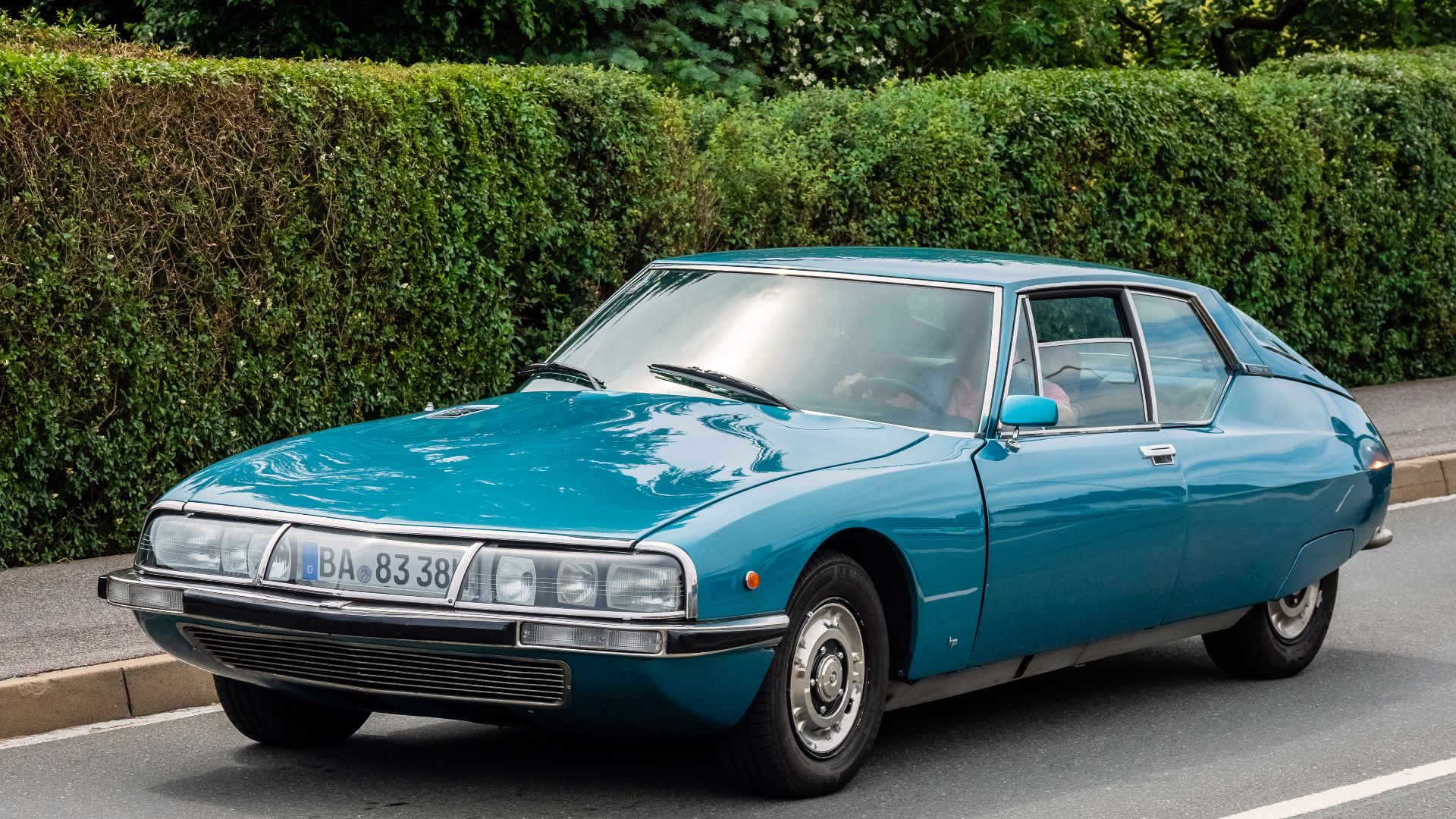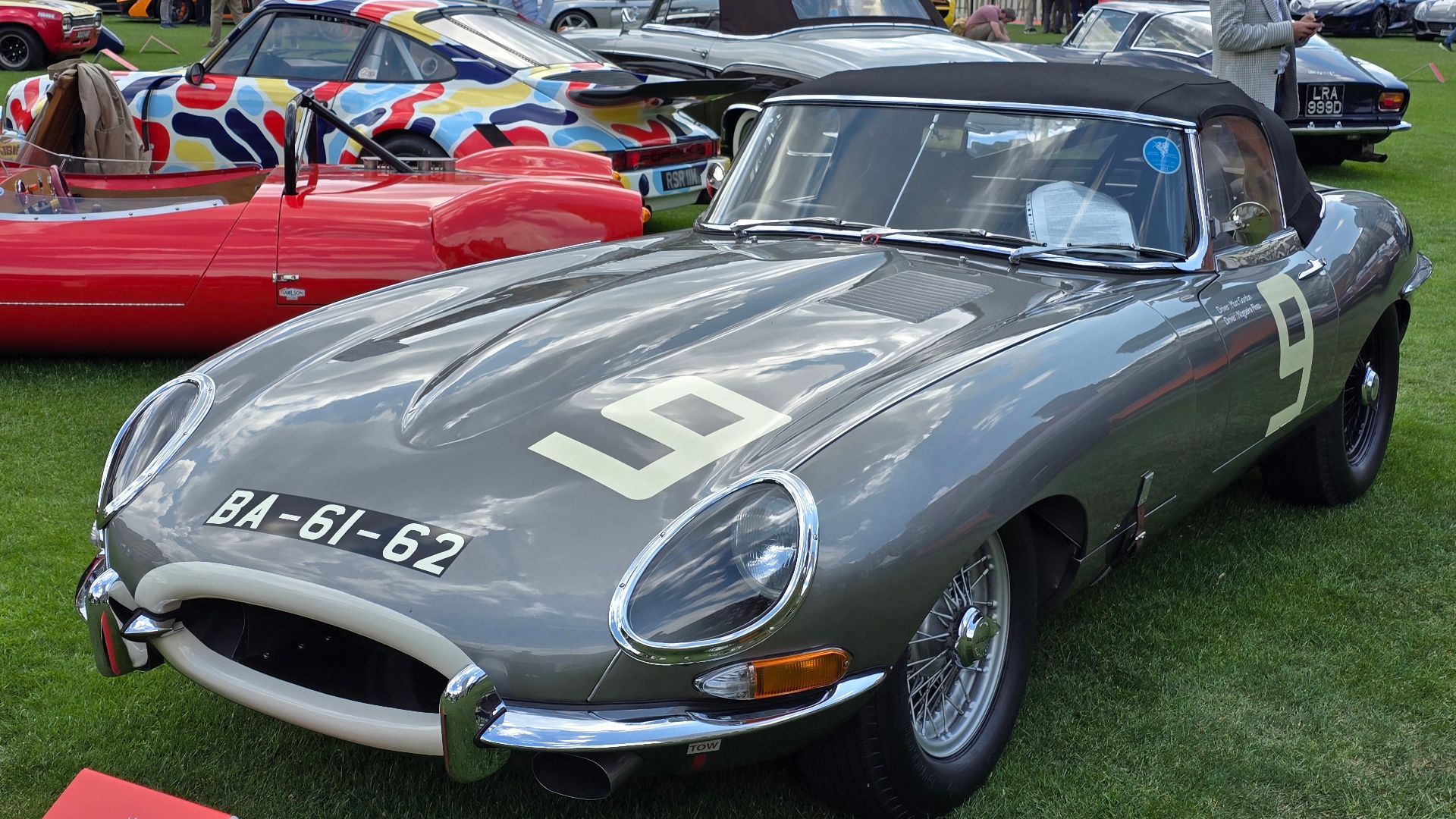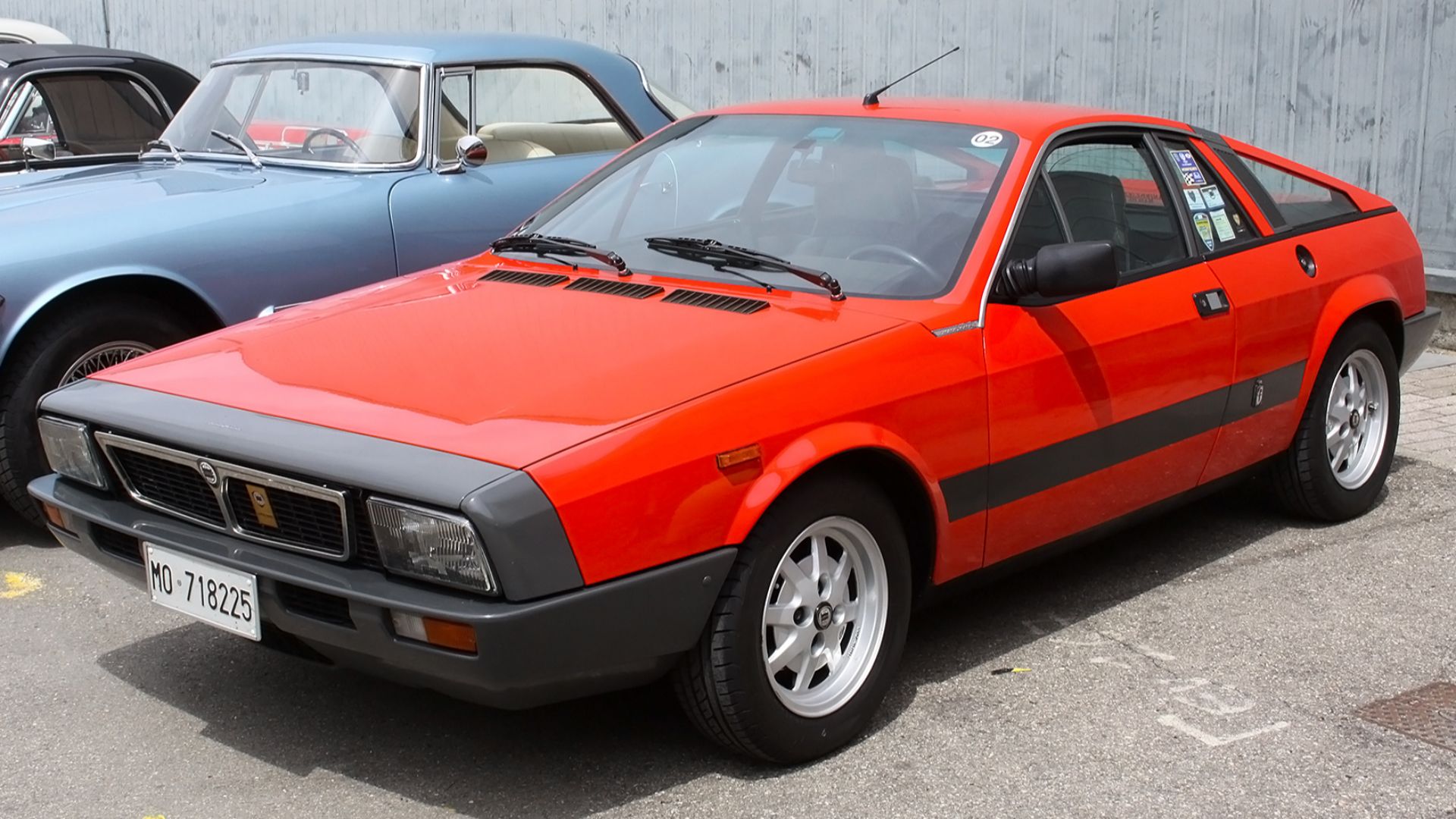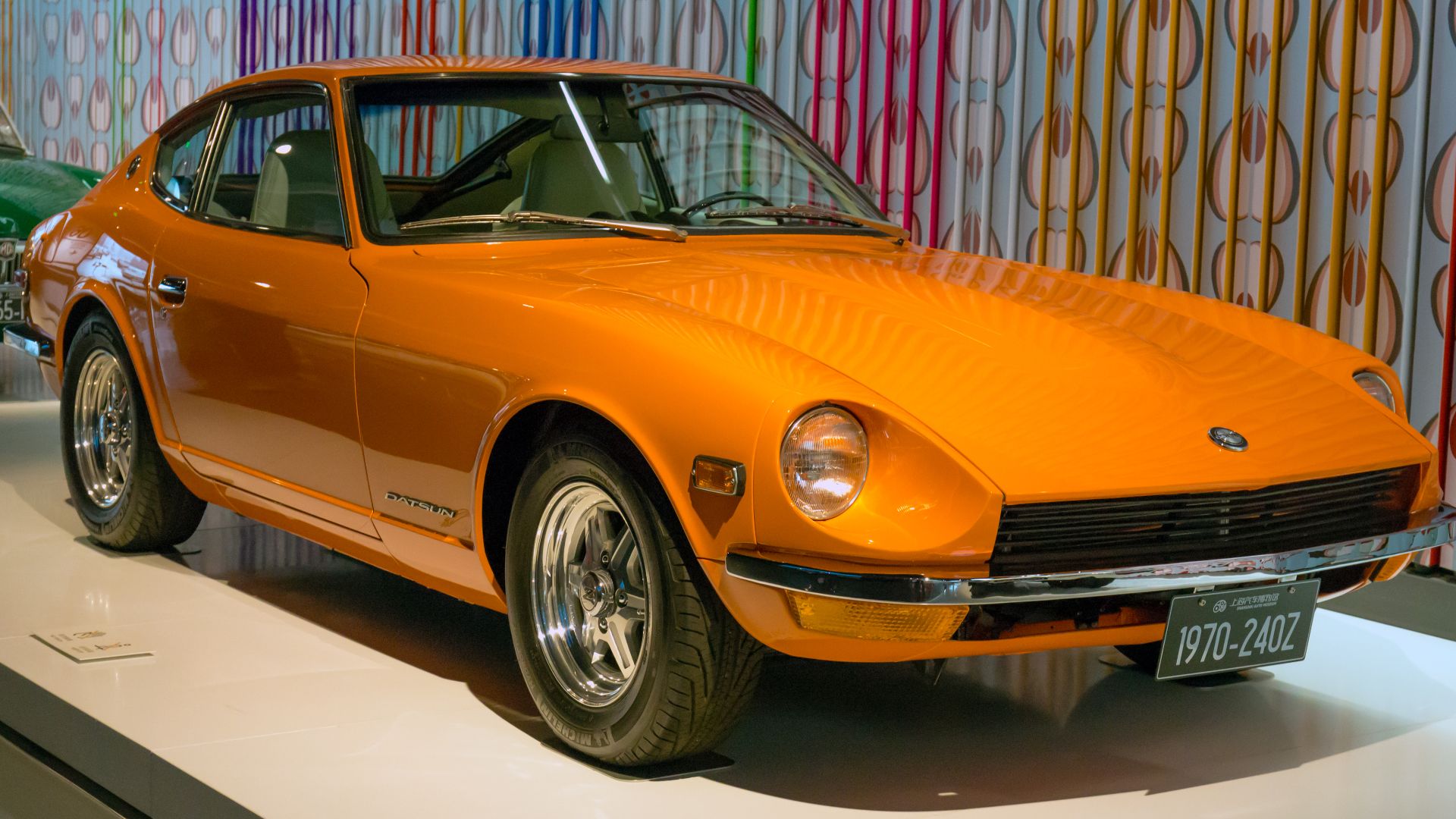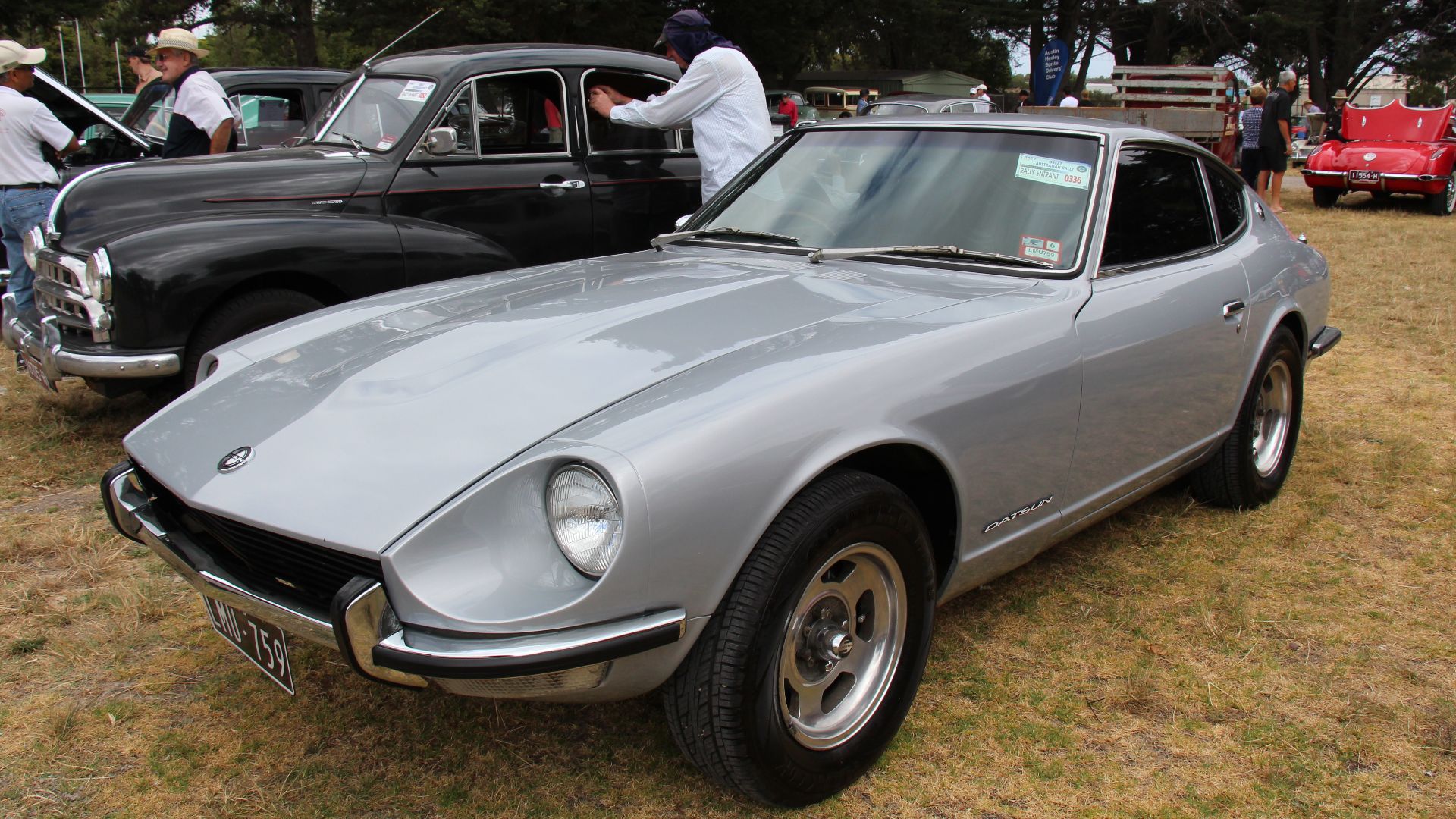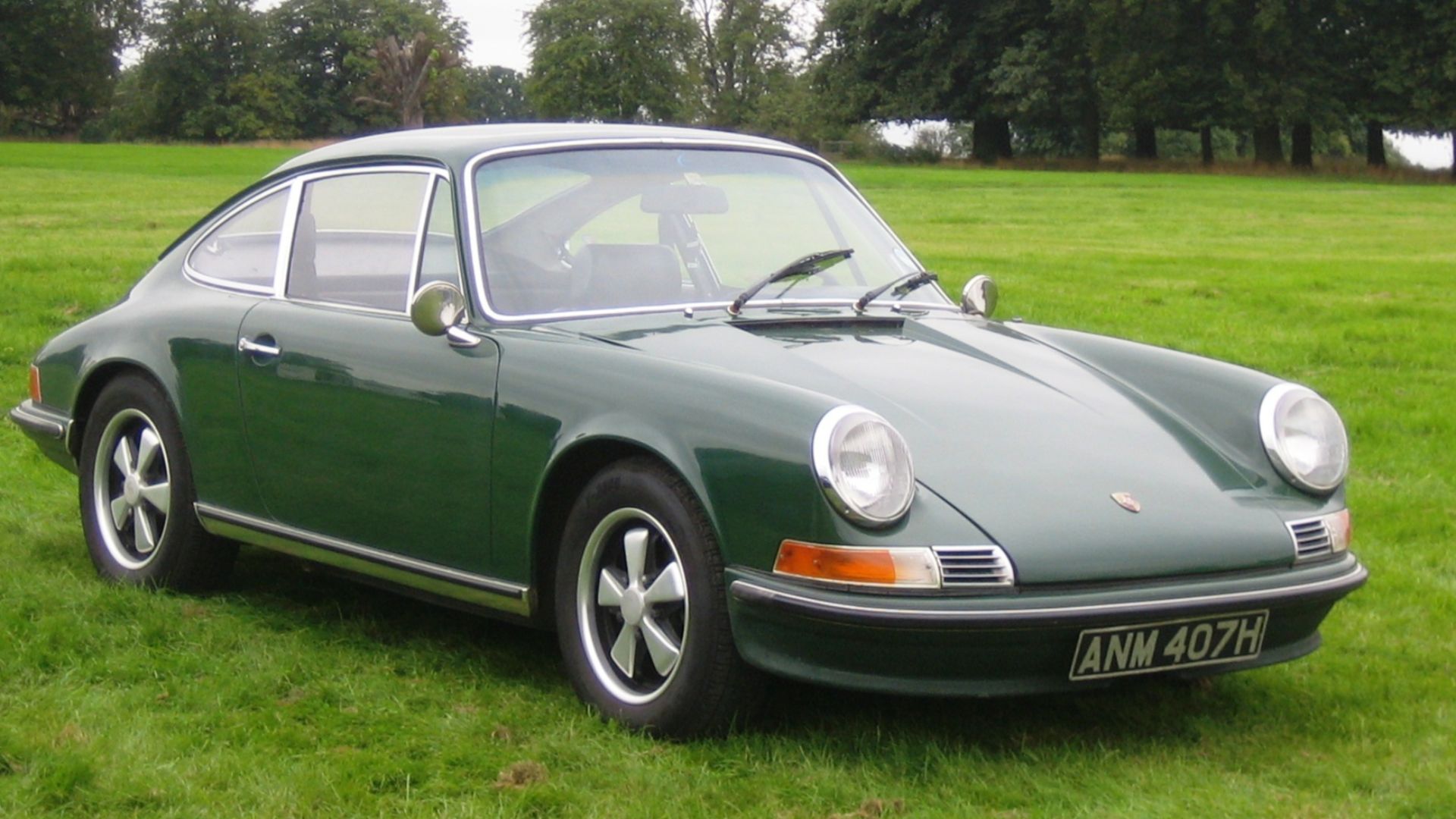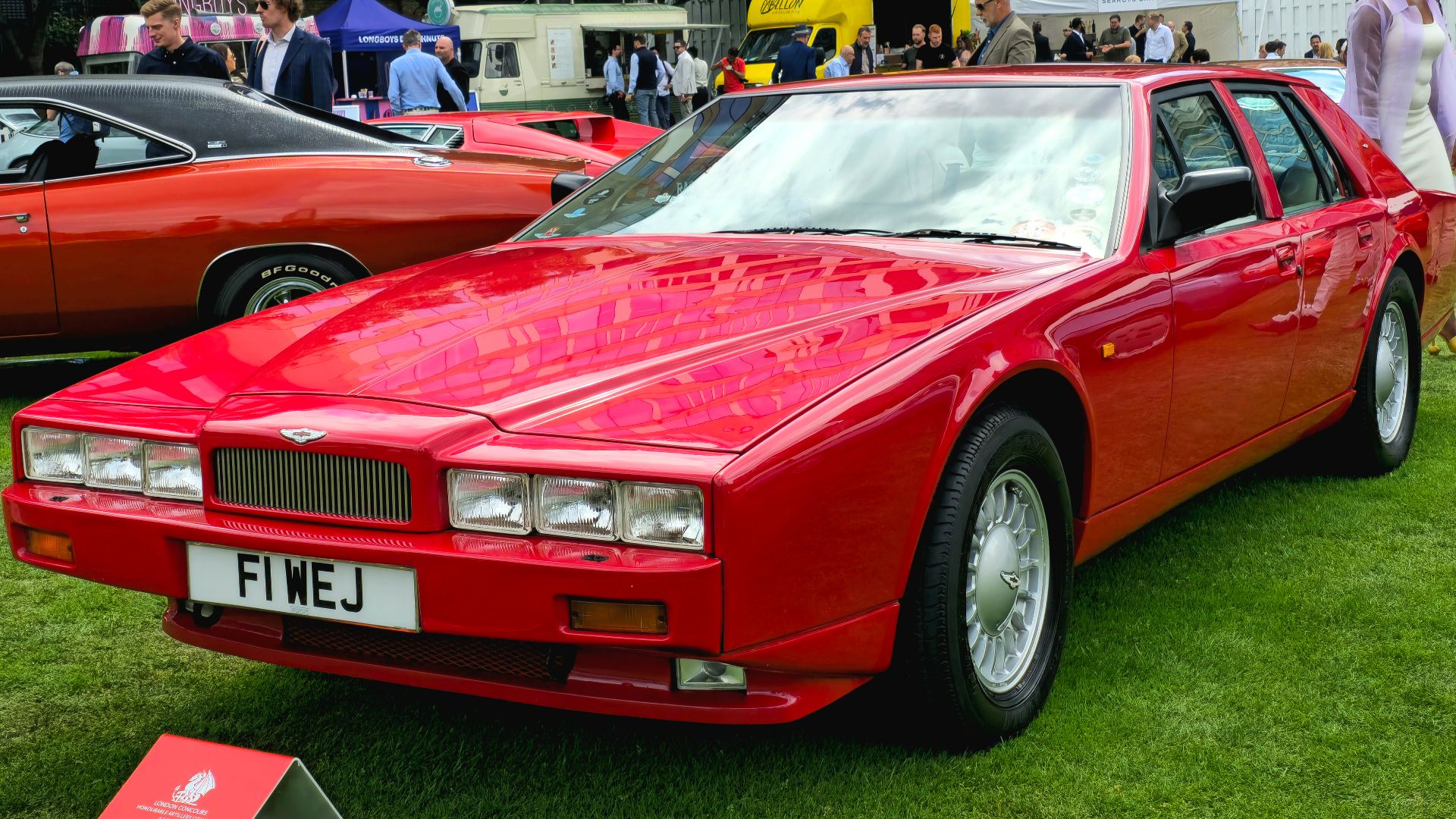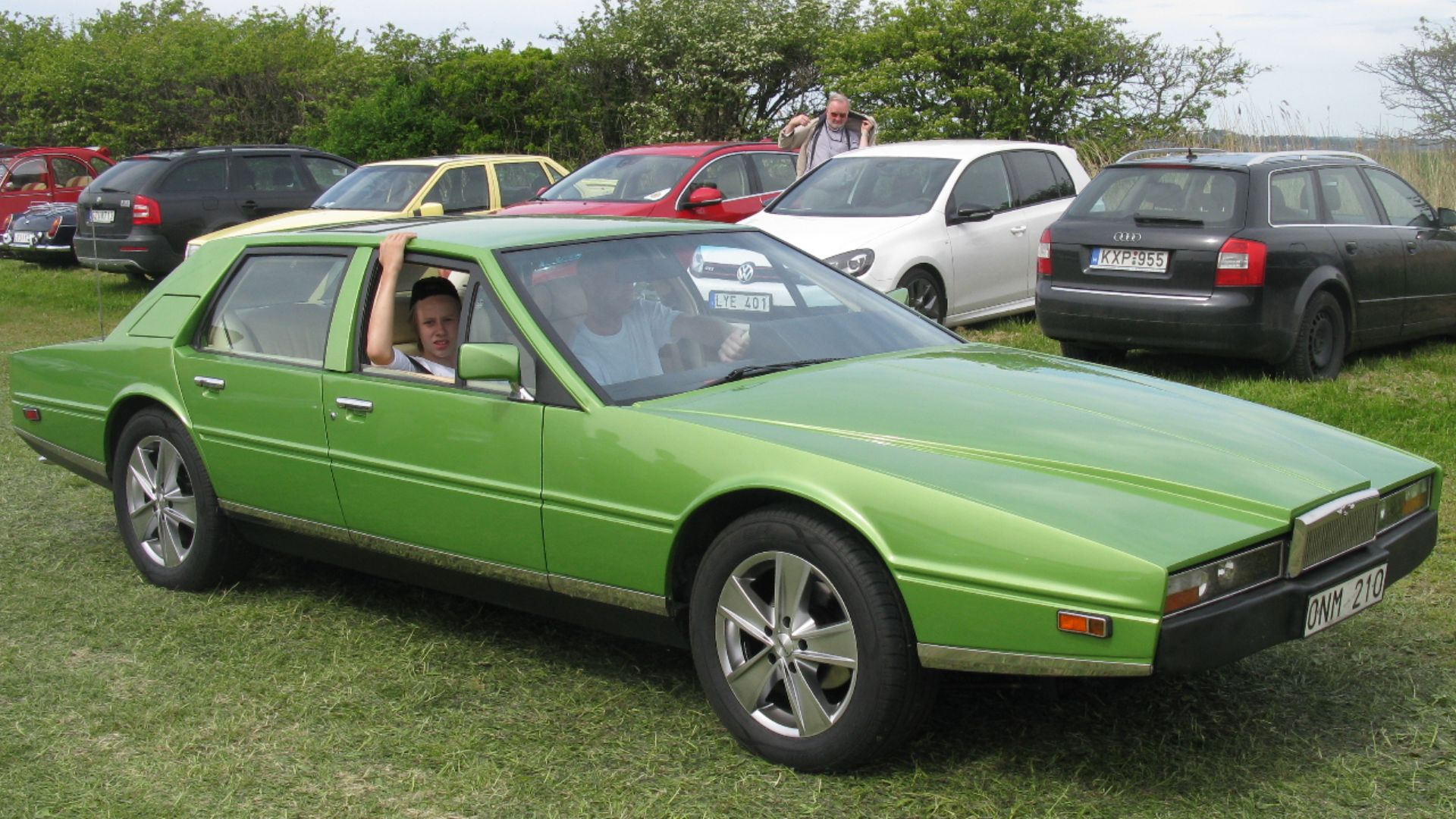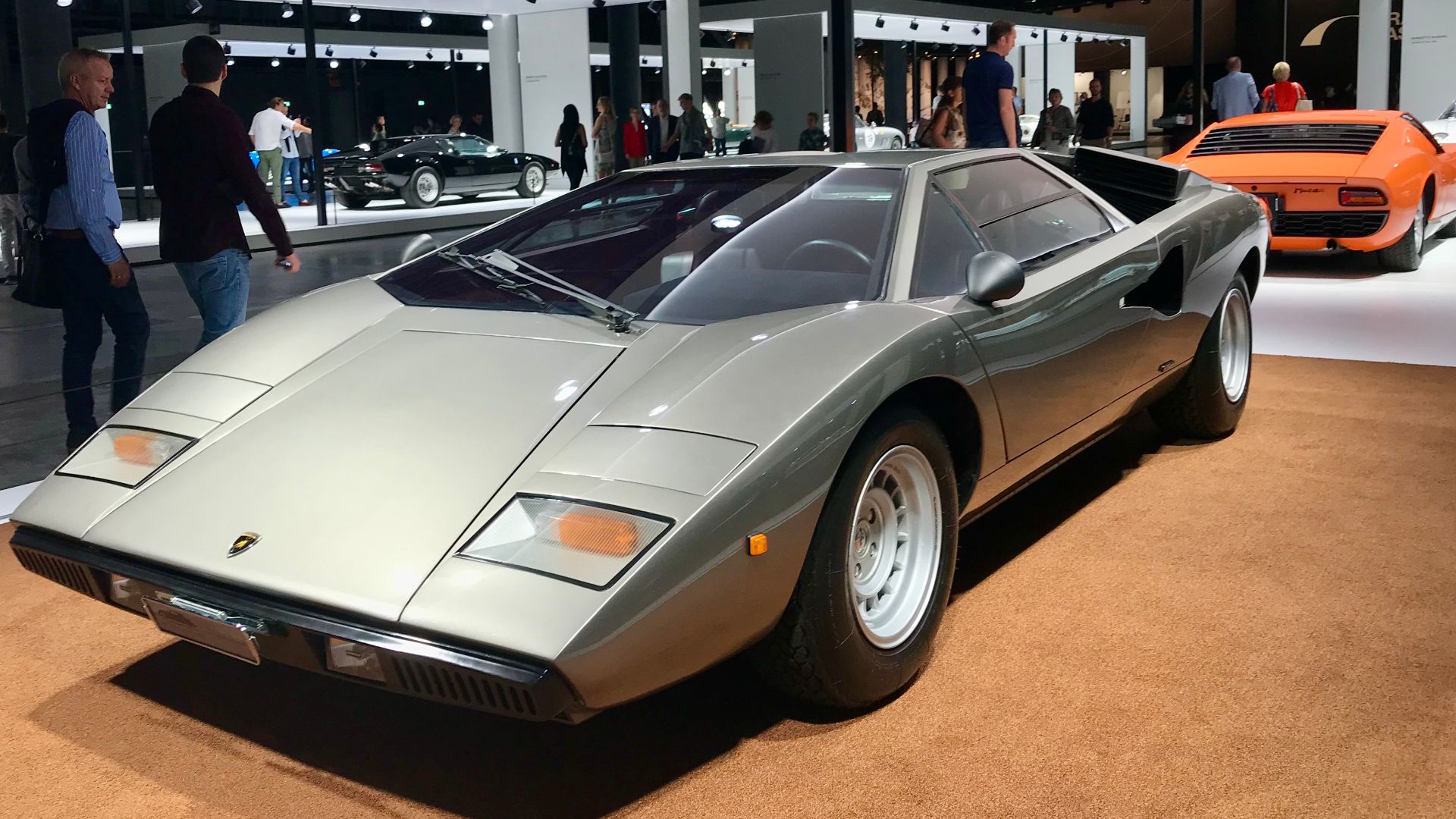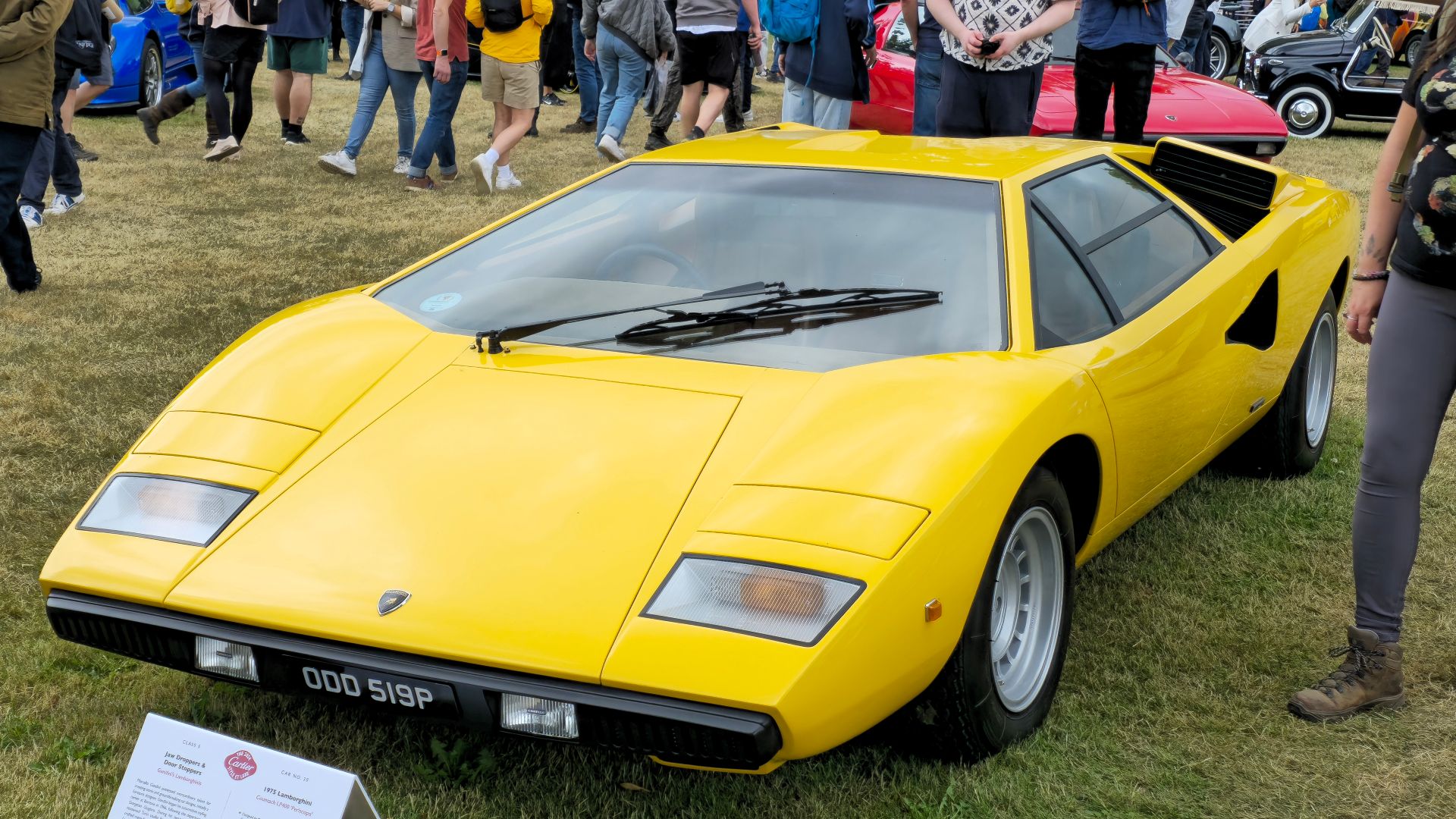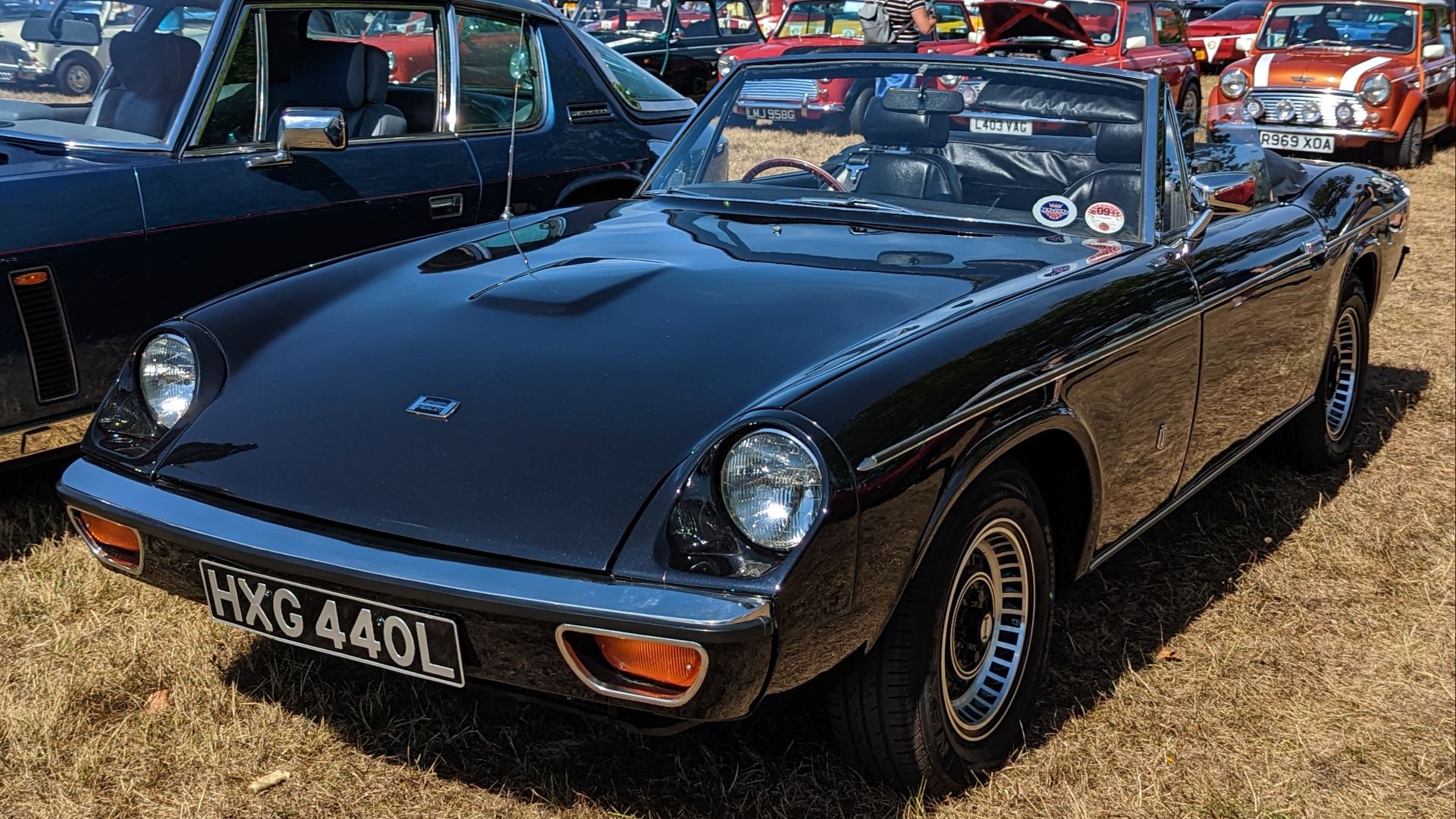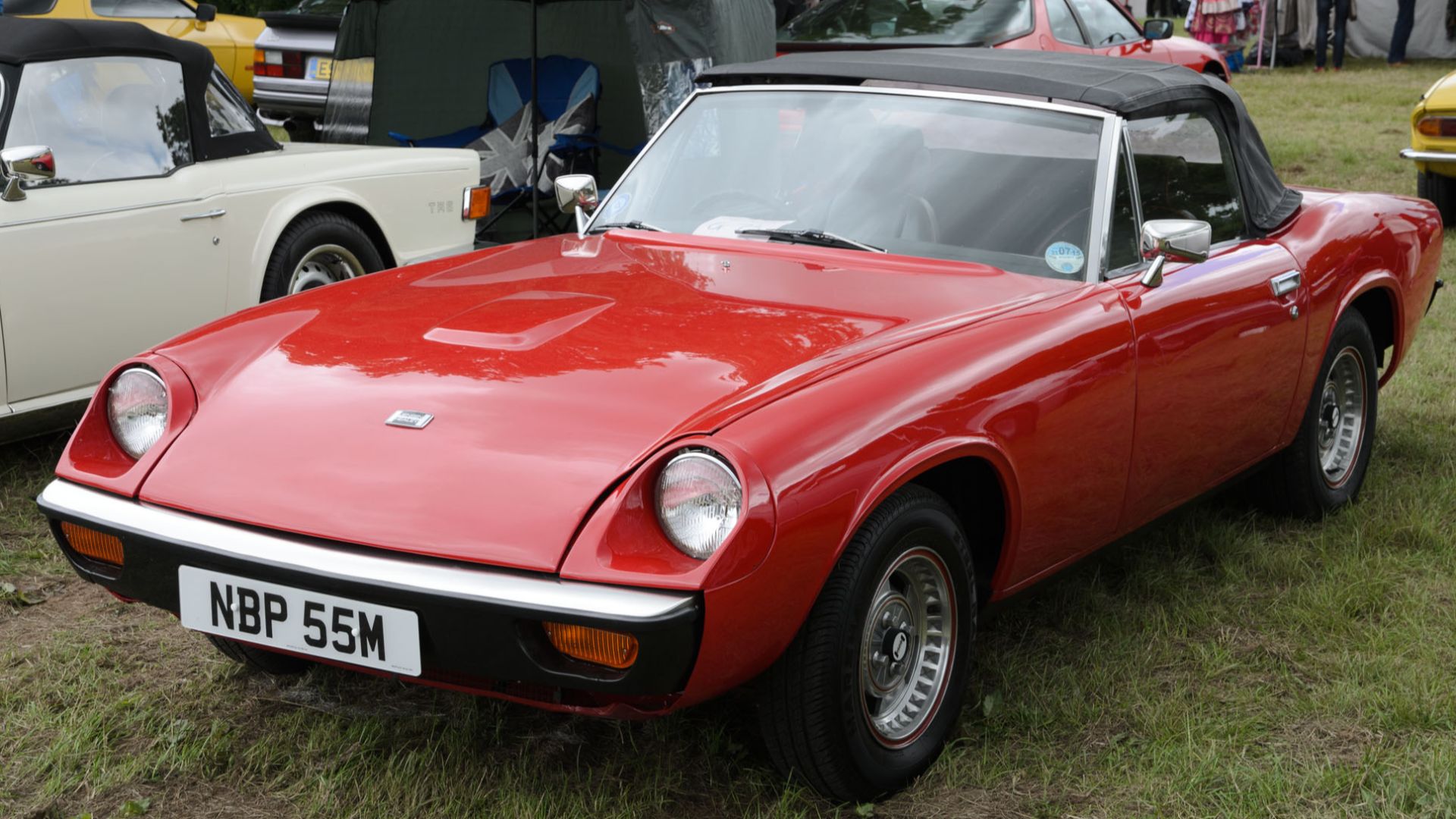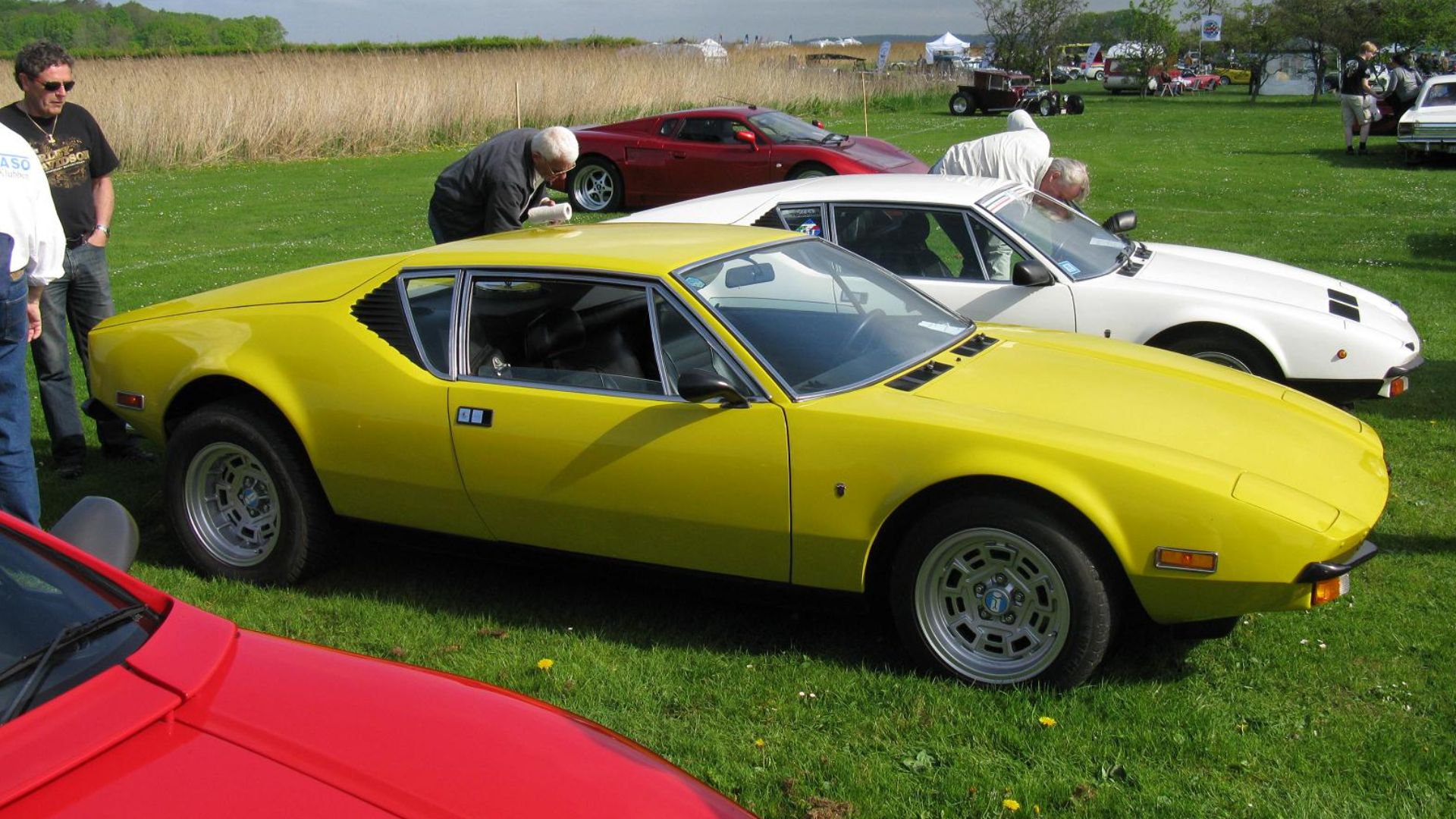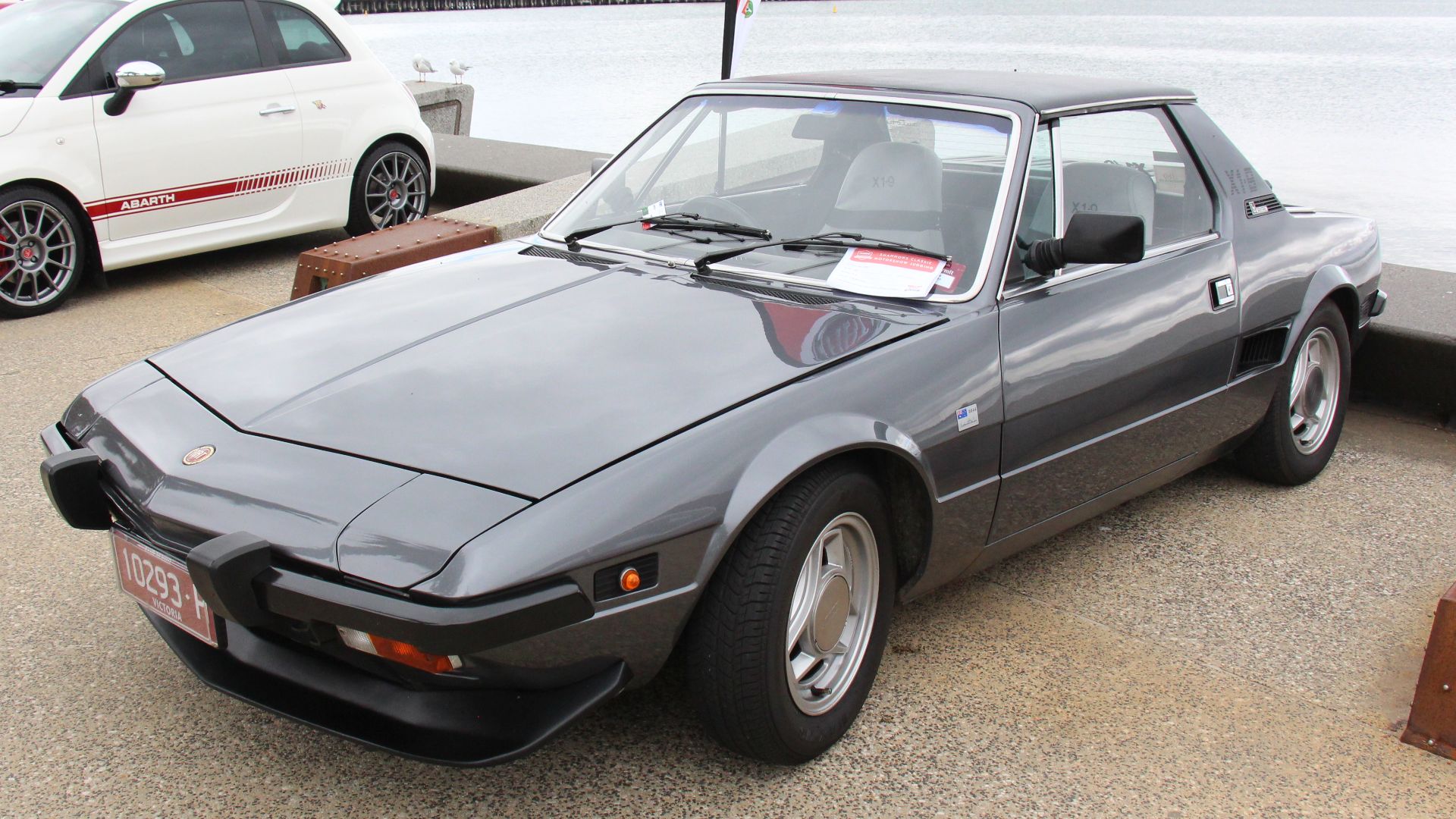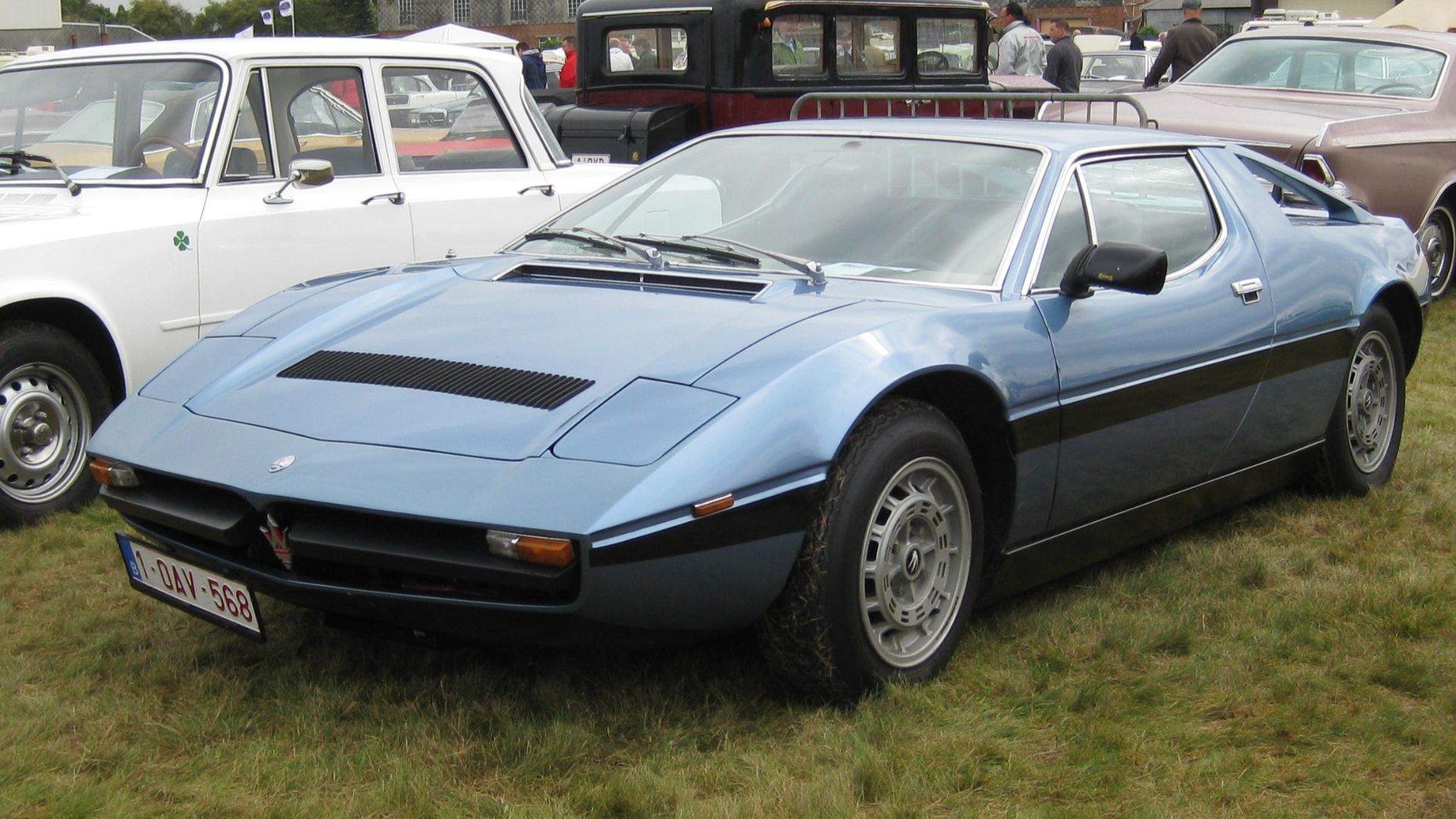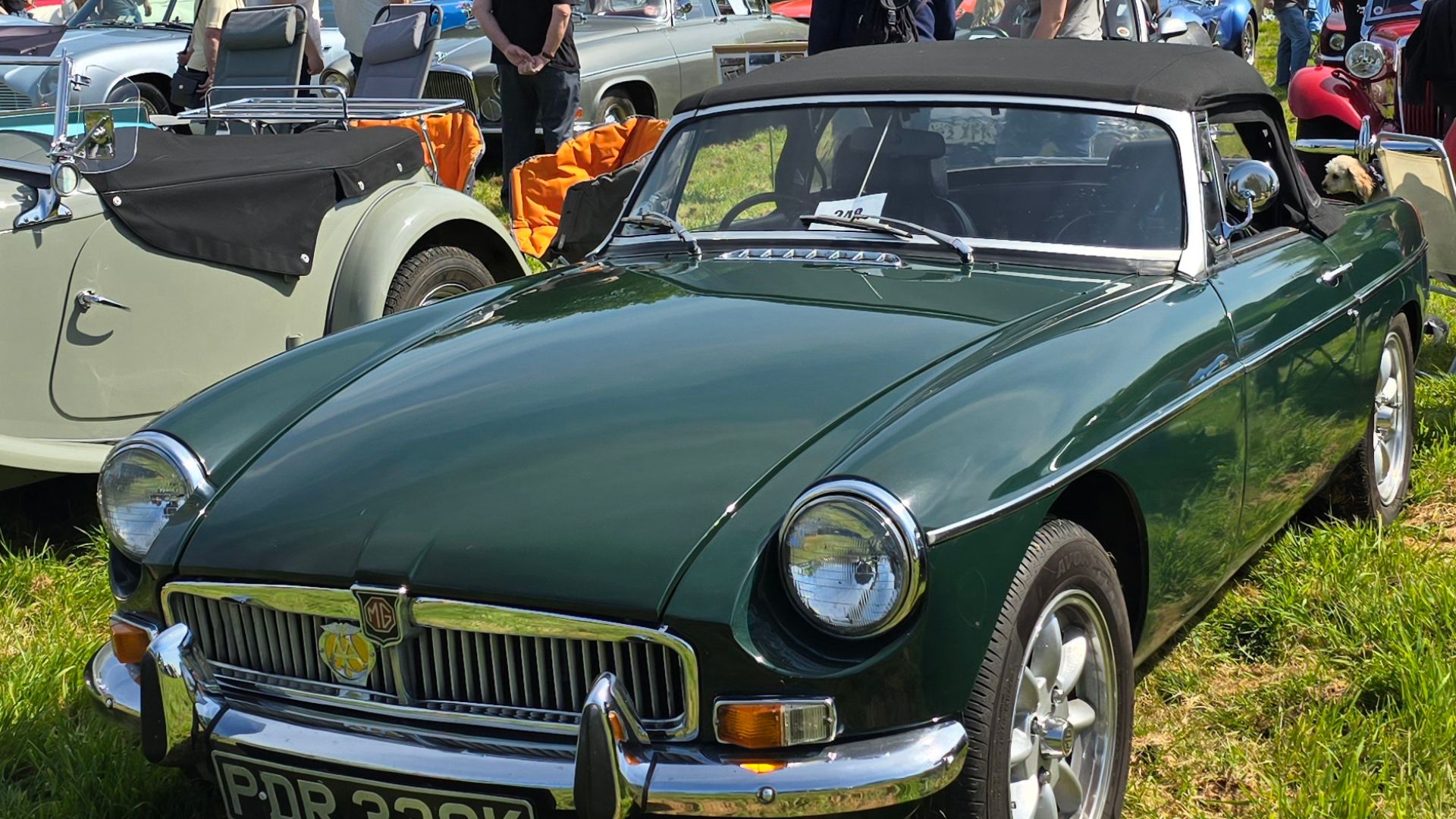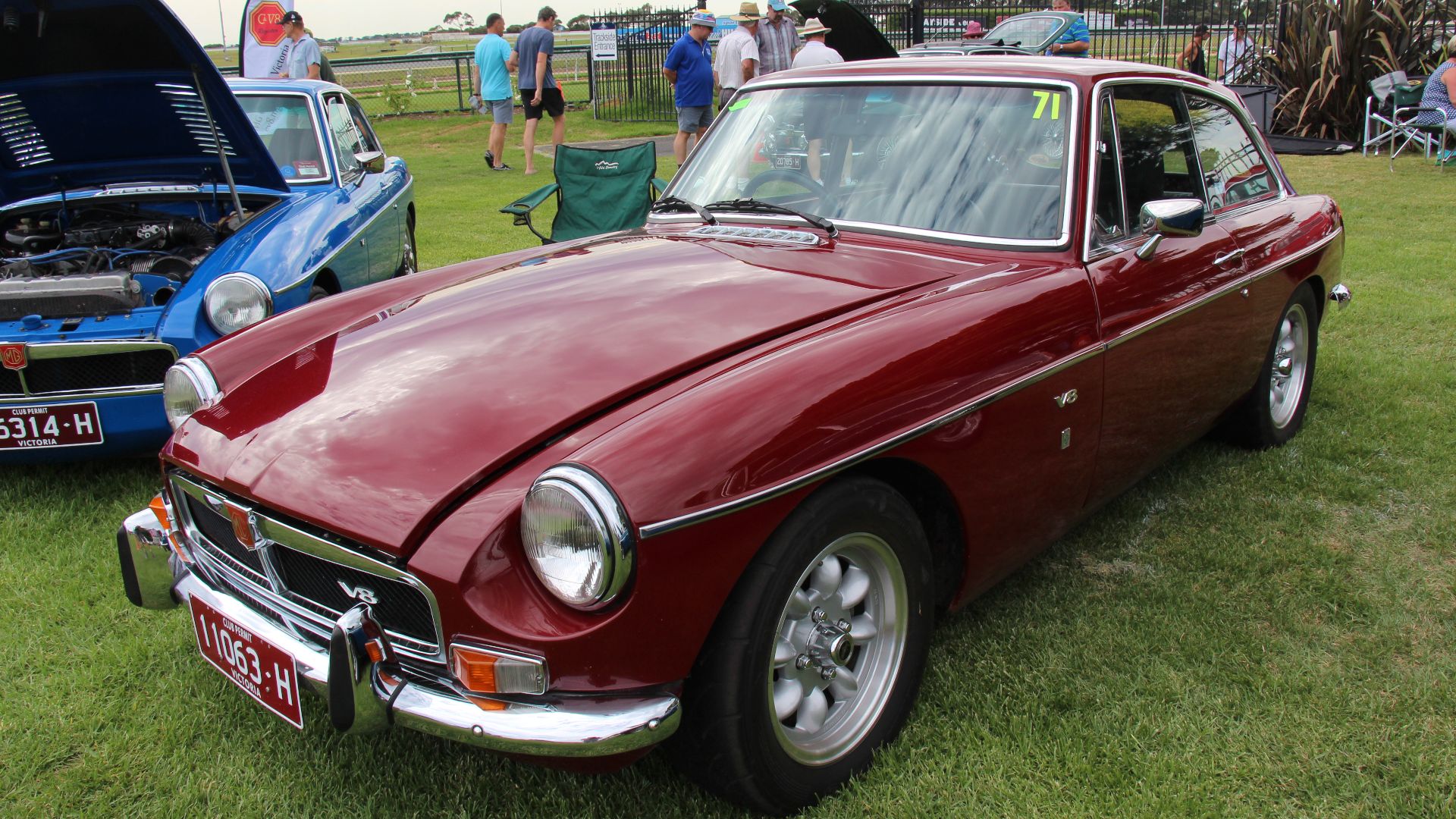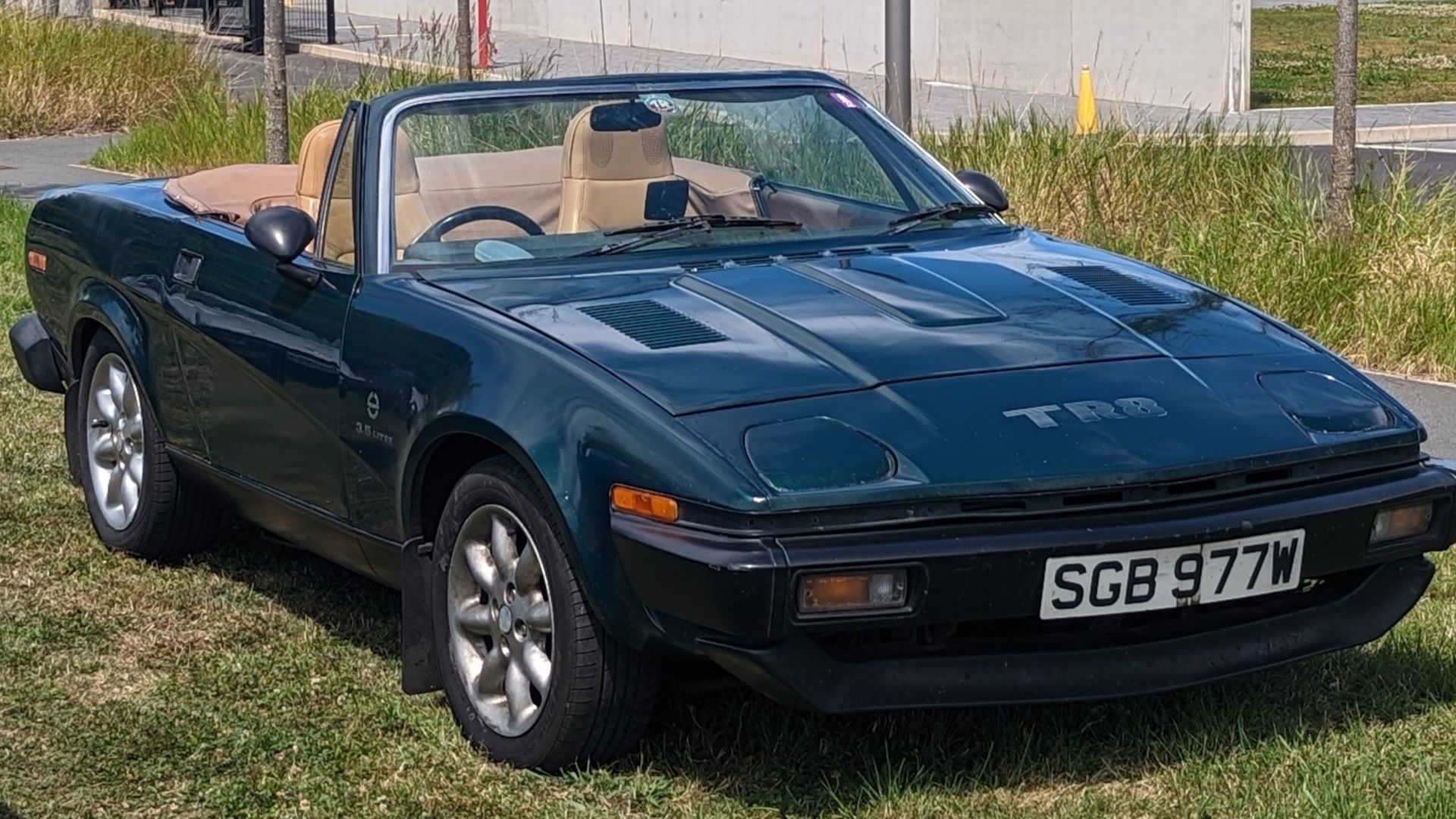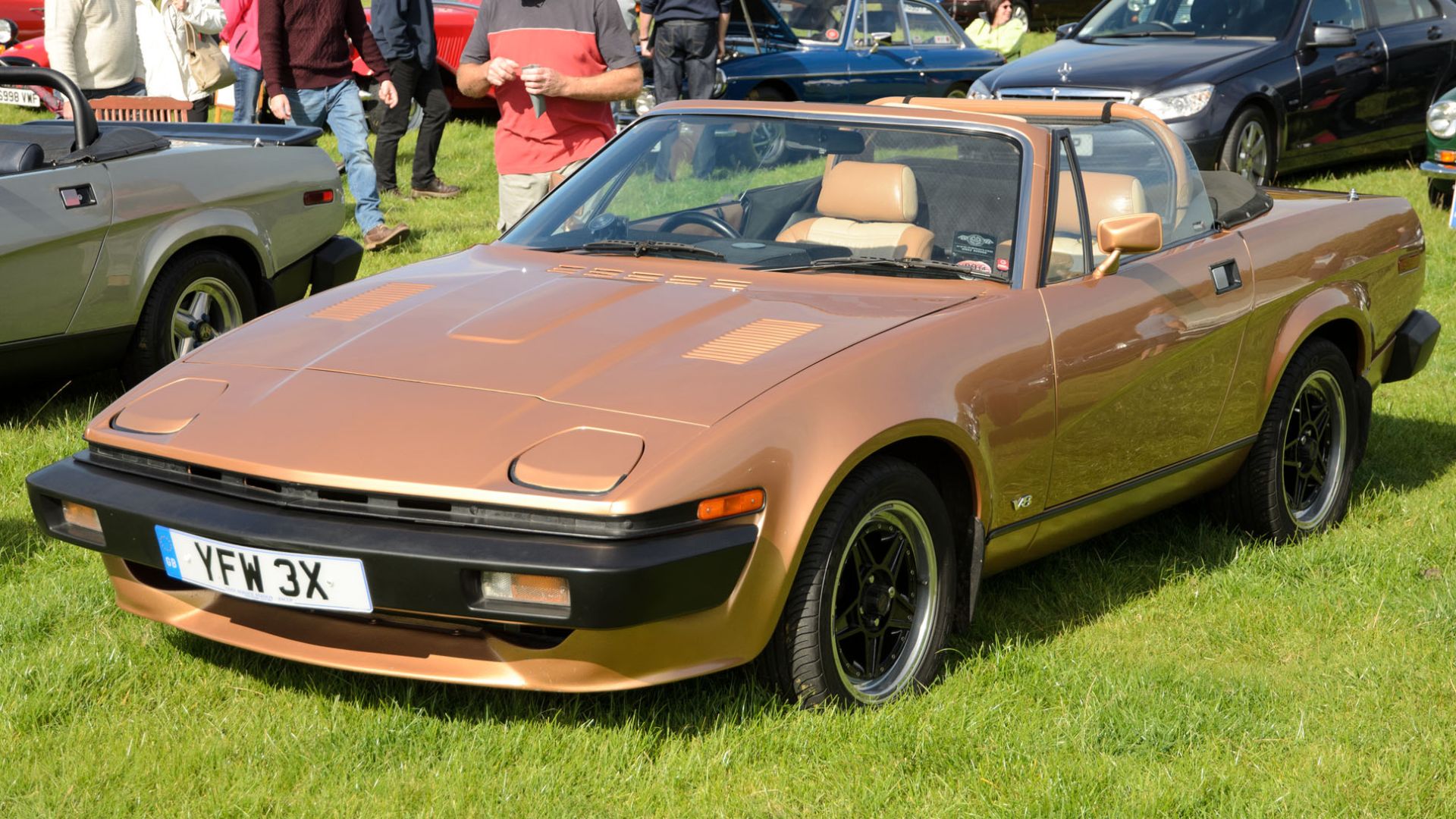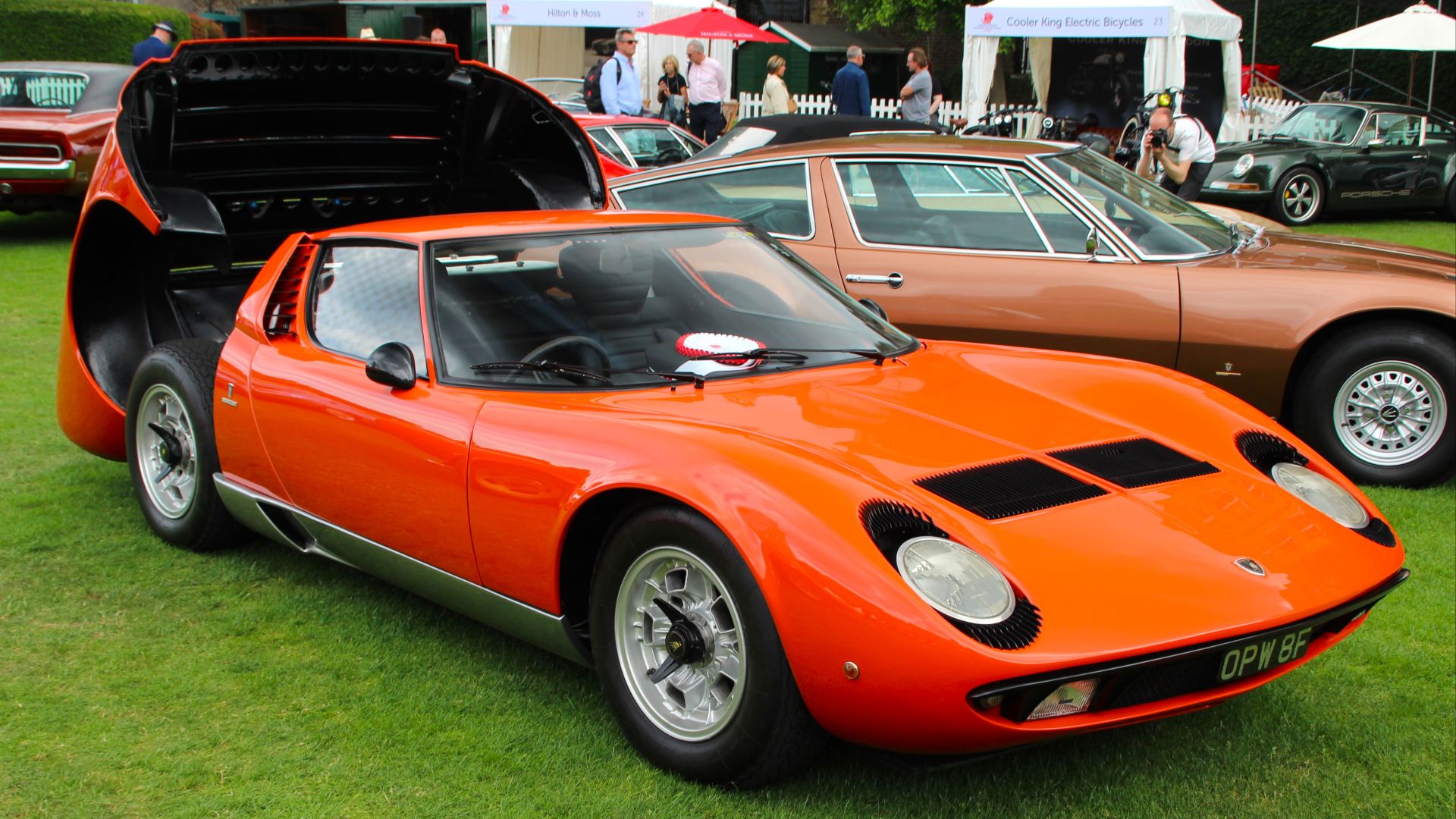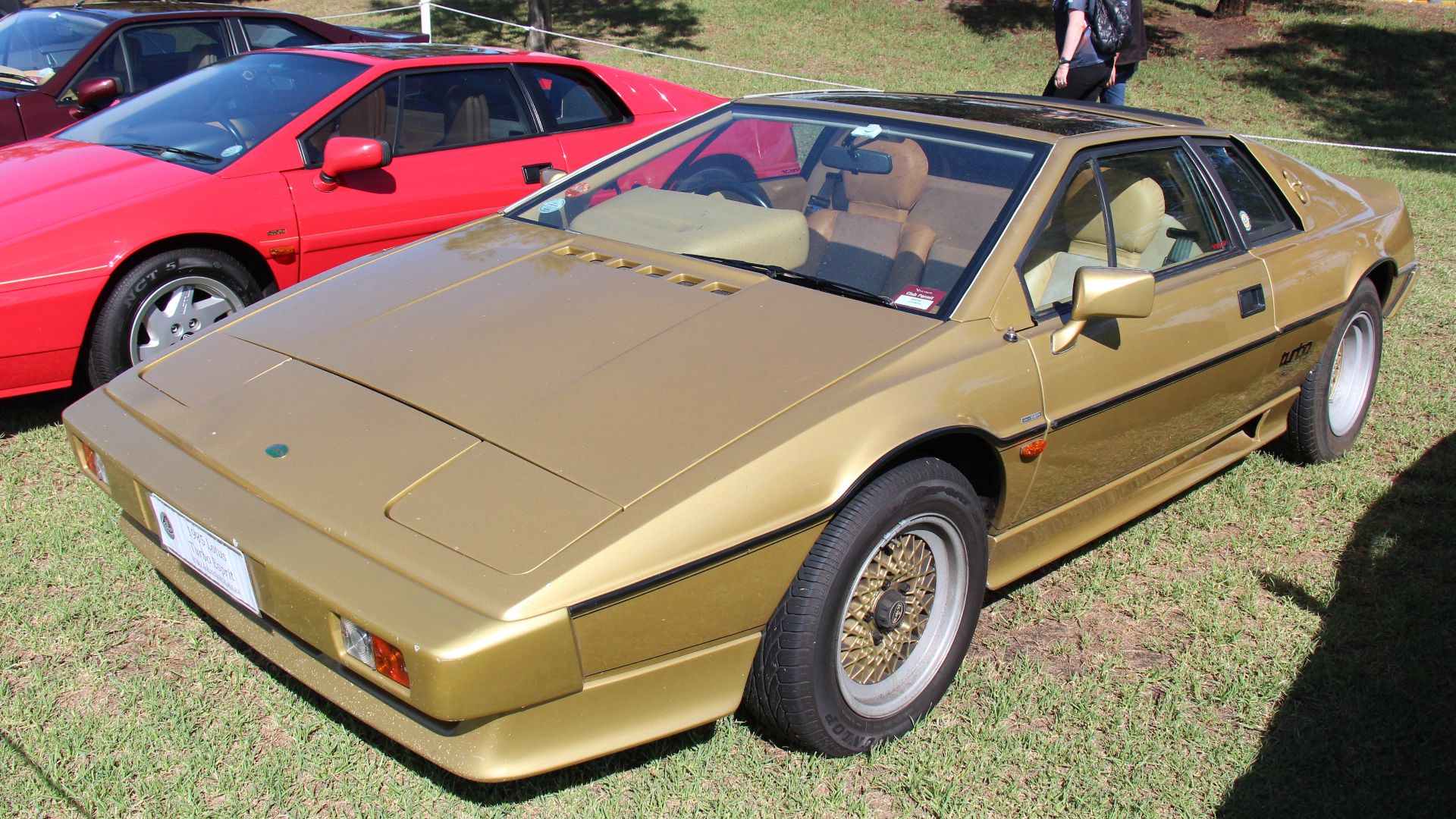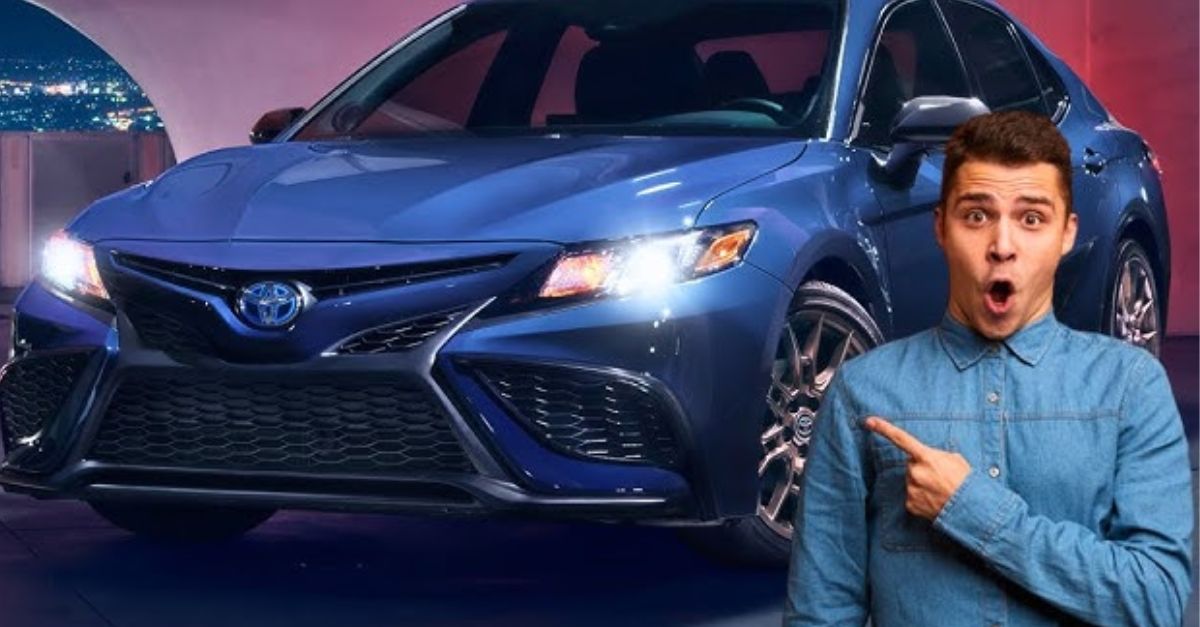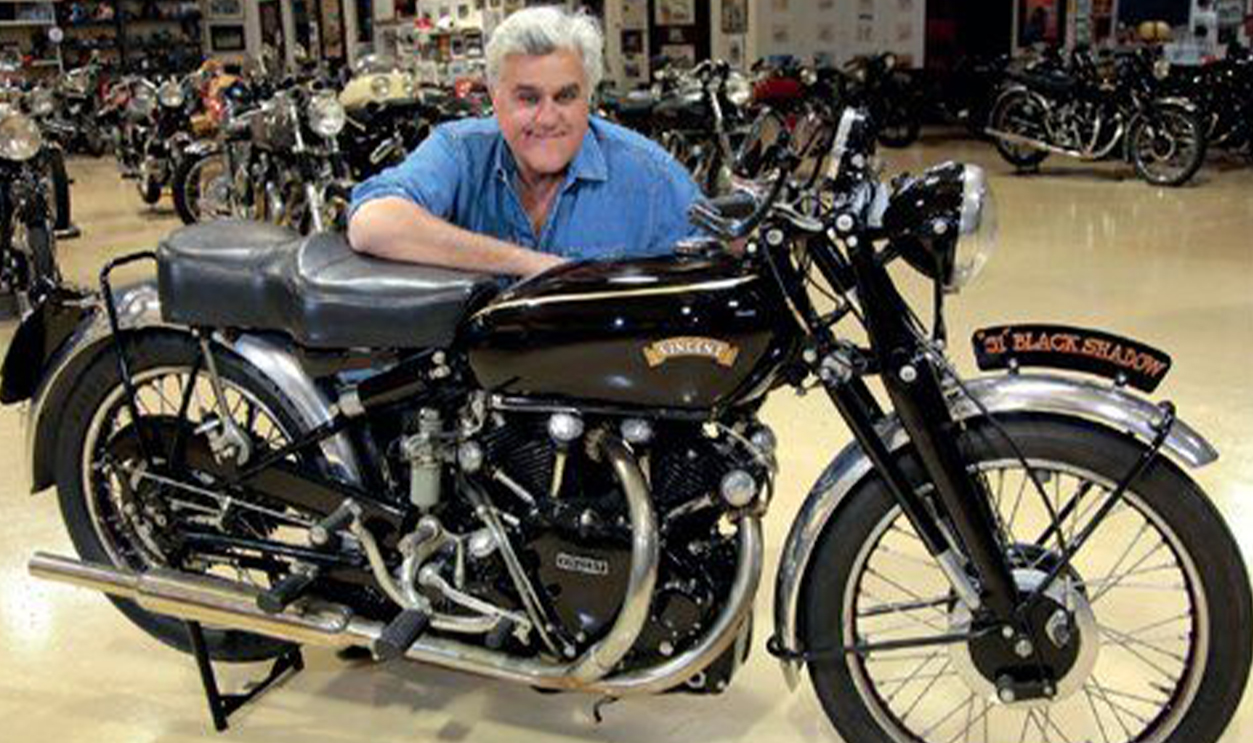Style Over Substance?
A good-looking car isn’t always a well-built one. These classic models proved that again and again. They had style, but underneath, they were unpredictable. For mechanics, they brought more headaches than horsepower.
Citroen SM (1970–1975)
The dashboard warning light was practically having a seizure, which was perfectly normal for a Citroen SM on any given day of the week. This beast packed several innovative systems: variable-assist power steering, self-leveling hydropneumatic suspension, and headlights that swiveled with the steering wheel.
Citroen SM (1970–1975) (Cont.)
When French engineering ambition collides with Maserati V6 complexity, you get automotive alchemy that converts simple repairs into epic quests. Citroen's hydraulic system operated at a bone-crushing 2,175 PSI, controlling everything, be it suspension, brakes, or even steering assistance.
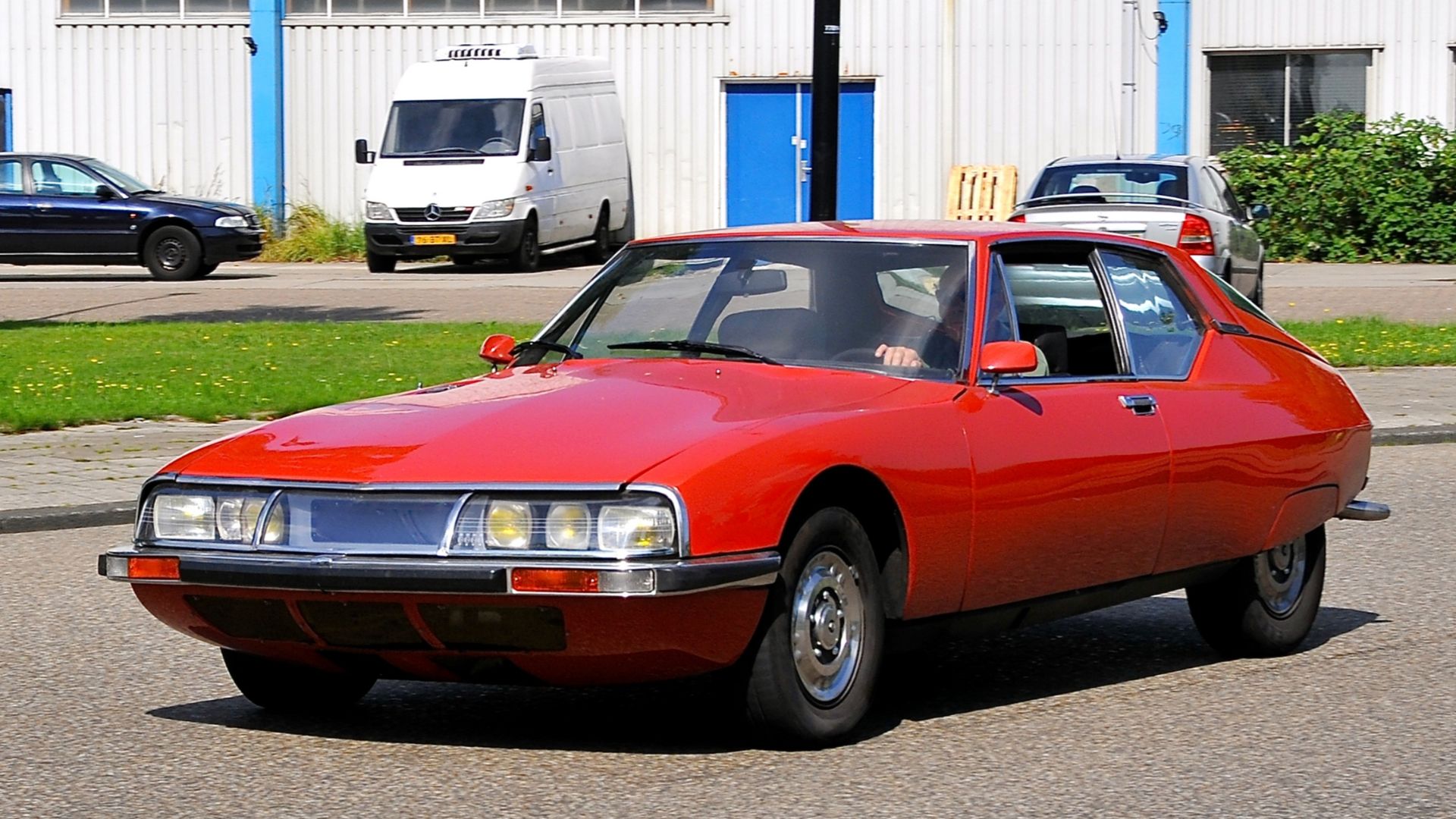 FaceMePLS from The Hague, The Netherlands, Wikimedia Commons
FaceMePLS from The Hague, The Netherlands, Wikimedia Commons
Citroen SM (1970–1975) (Cont.)
The Maserati-sourced 2.7-liter V6 engine seemed structured to deliver oil leaks, timing chain problems, and cooling issues that called for expensive Italian expertise. Production lasted just five years with only 12,920 units built, as Citroen faced financial trouble, leading to a Peugeot takeover in 1975.
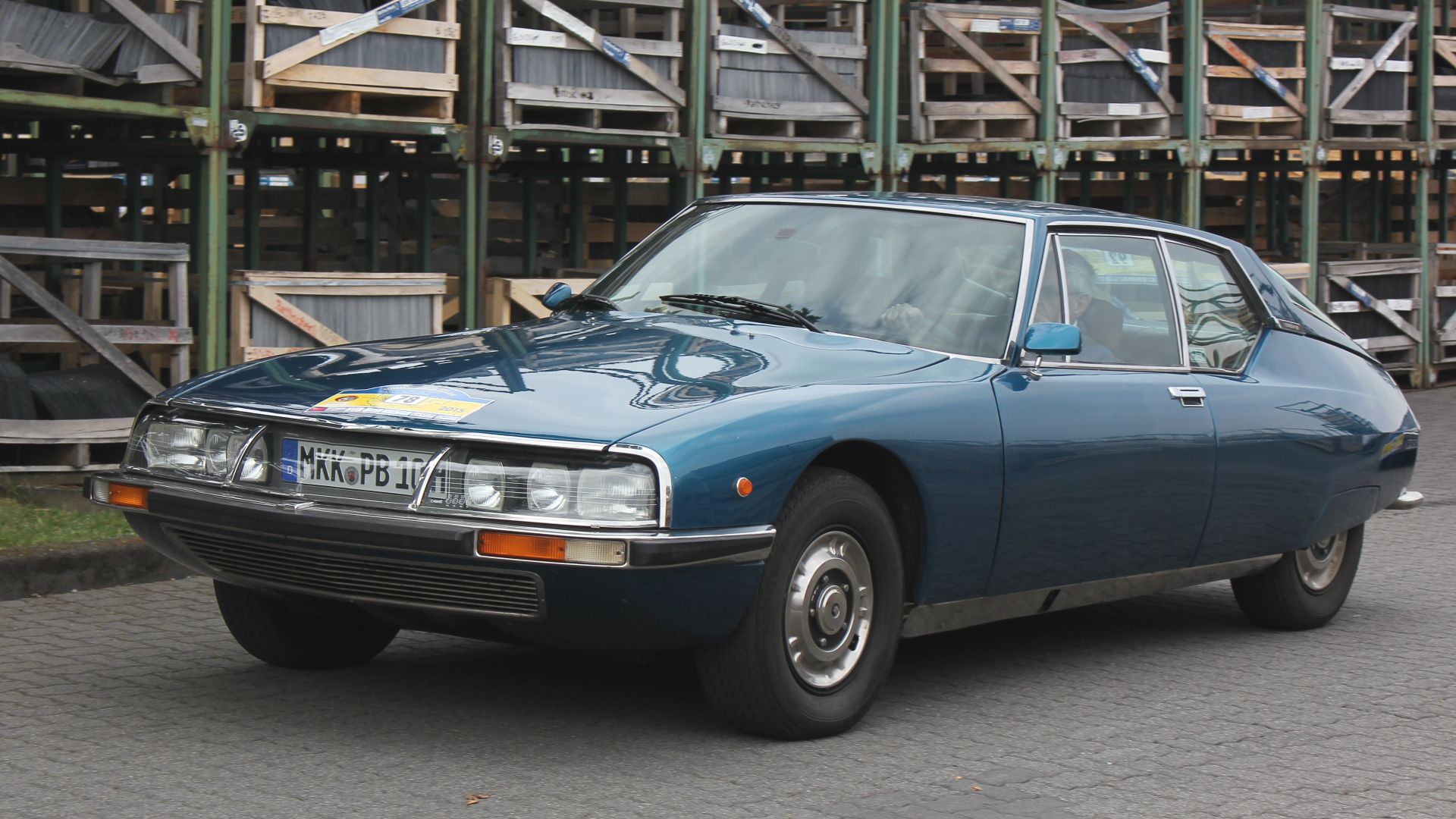 Lothar Spurzem, Wikimedia Commons
Lothar Spurzem, Wikimedia Commons
Jaguar E-Type (1961–1975)
When Enzo Ferrari called it "the most beautiful car ever made," he probably wasn't thinking about the poor mechanics who'd have to keep it running. The E-Type burst onto the scene in 1961 with a starting price of about $5,620.
Jaguar E-Type (1961–1975) (Cont.)
Yet it could hit 150 mph and looked like pure automotive sculpture. Below Malcolm Sayer's wind tunnel-tested design, that stunning exterior lurked a mechanical minefield. Well, the real nightmare began with Lucas Electrics, dubbed the "Prince of Darkness" by frustrated folks worldwide.
Jaguar E-Type (1961–1975) (Cont.)
Ground connections corroded faster than British steel in sea air, and the complex wiring harness seemed relatively weak. Triple SU carburetors also demanded constant adjustment. What made it particularly miserable was the E-Type's cramped engine bay, where even basic maintenance required contortionist skills.
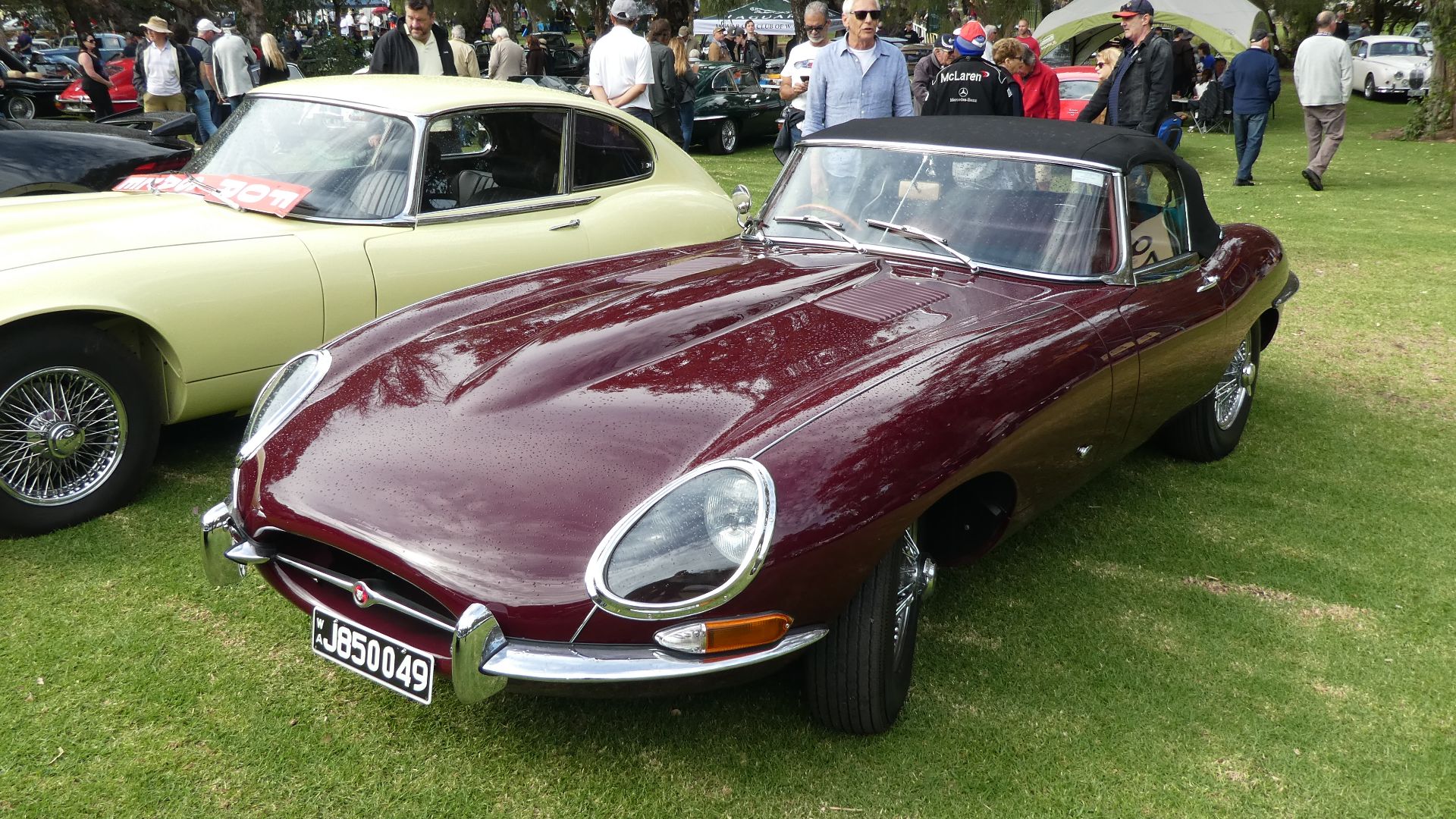 ZidaneHartono, Wikimedia Commons
ZidaneHartono, Wikimedia Commons
Lancia Beta Montecarlo (1975–1981)
Imagine buying a brand-new sports car and watching it rust before your eyes. The Lancia Beta Montecarlo became the poster child for one of history's most notorious car quality scandals, thanks to Lancia's decision to use cheap Russian steel acquired through a Fiat trade deal.
Lancia Beta Montecarlo (1975–1981) (Cont.)
Automobiles developed pinhole rust straight from showroom floors, leading British Lancia retailers to eventually offer above-market buybacks for every Beta sold between 1976 and 1979. As per sources, Early Montecarlos also had brake systems so poorly engineered that they became genuinely dangerous.
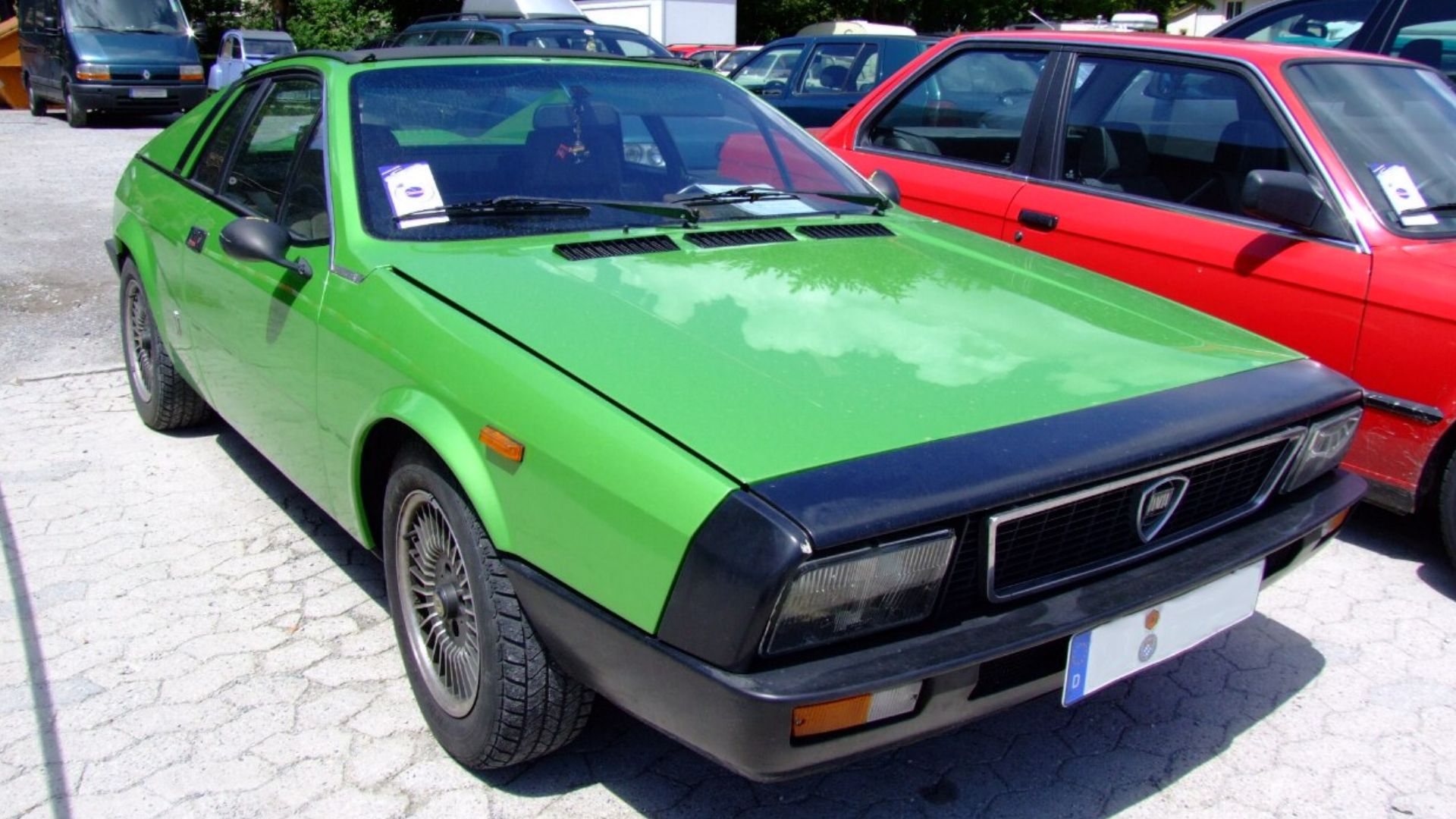 ChiemseeMan at German Wikipedia (Original text: Späth Chr.), Wikimedia Commons
ChiemseeMan at German Wikipedia (Original text: Späth Chr.), Wikimedia Commons
Lancia Beta Montecarlo (1975–1981) (Cont.)
The overly powerful brake servo caused front wheel lockup under moderate braking, especially in wet conditions, leading to terrifying spins that earned the car a reputation similar to “widowmaker”. Lancia was forced to withdraw the car from sale in 1979 for two years while redesigning the braking system.
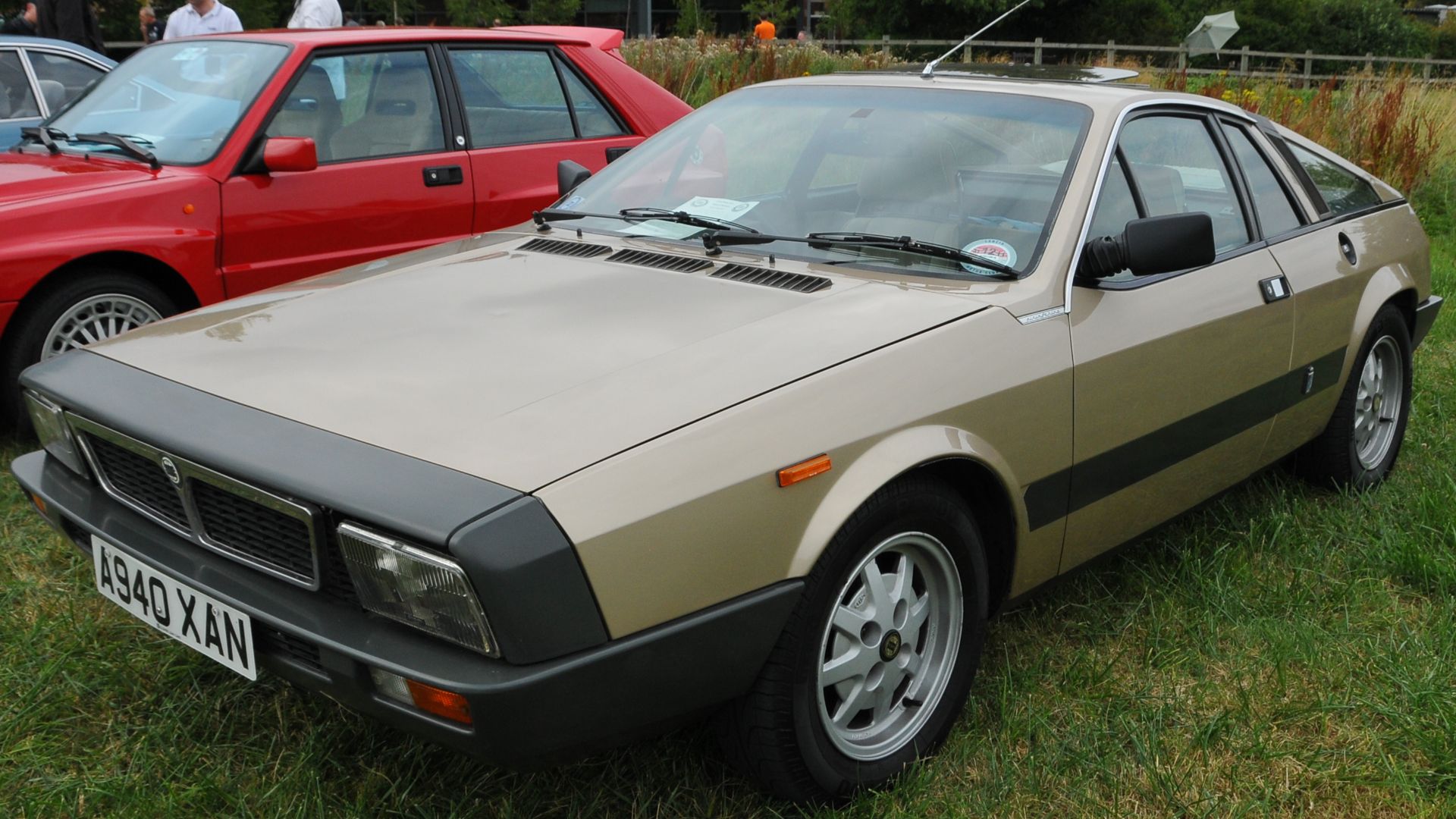 Tony Harrison from Farnborough, UK, Wikimedia Commons
Tony Harrison from Farnborough, UK, Wikimedia Commons
Datsun 240Z (1970–1973)
The 2.4-liter inline-six engine produced 151 horsepower and could propel the lightweight coupe to 125 mph. It was surely a serious competitor to more expensive European sports cars. The independent suspension and front disc brakes also provided excellent handling and stopping power.
Datsun 240Z (1970–1973) (Cont.)
Yes, the 240Z's twin Hitachi SU-type carburetors were precision instruments when properly maintained, but they demanded constant attention to fuel mixture, float levels, and synchronization. Mechanics found that these carburetors were extremely sensitive to fuel quality and atmospheric conditions. The mechanical fuel pump was another weak point.
Porsche 911 (Early Carbureted Models, 1960s–1970s)
Early 911s came equipped with these Italian temperamental twins, the 40IDA Webers, which required constant fussing and adjustment. The car's rear-engine layout turned routine carburetor service into an exercise in contortion and patience. Individuals had to remove engine covers and work in impossibly tight spaces
Porsche 911 (Early Carbureted Models, 1960s–1970s) (Cont.)
Besides, the air-cooled flat-six radiated massive amounts of heat. Float levels demanded precise adjustment, accelerator pumps needed regular attention, and the mechanical fuel pump had to maintain exact pressure or the entire system would descend into chaos of hesitation, flooding, and backfiring.
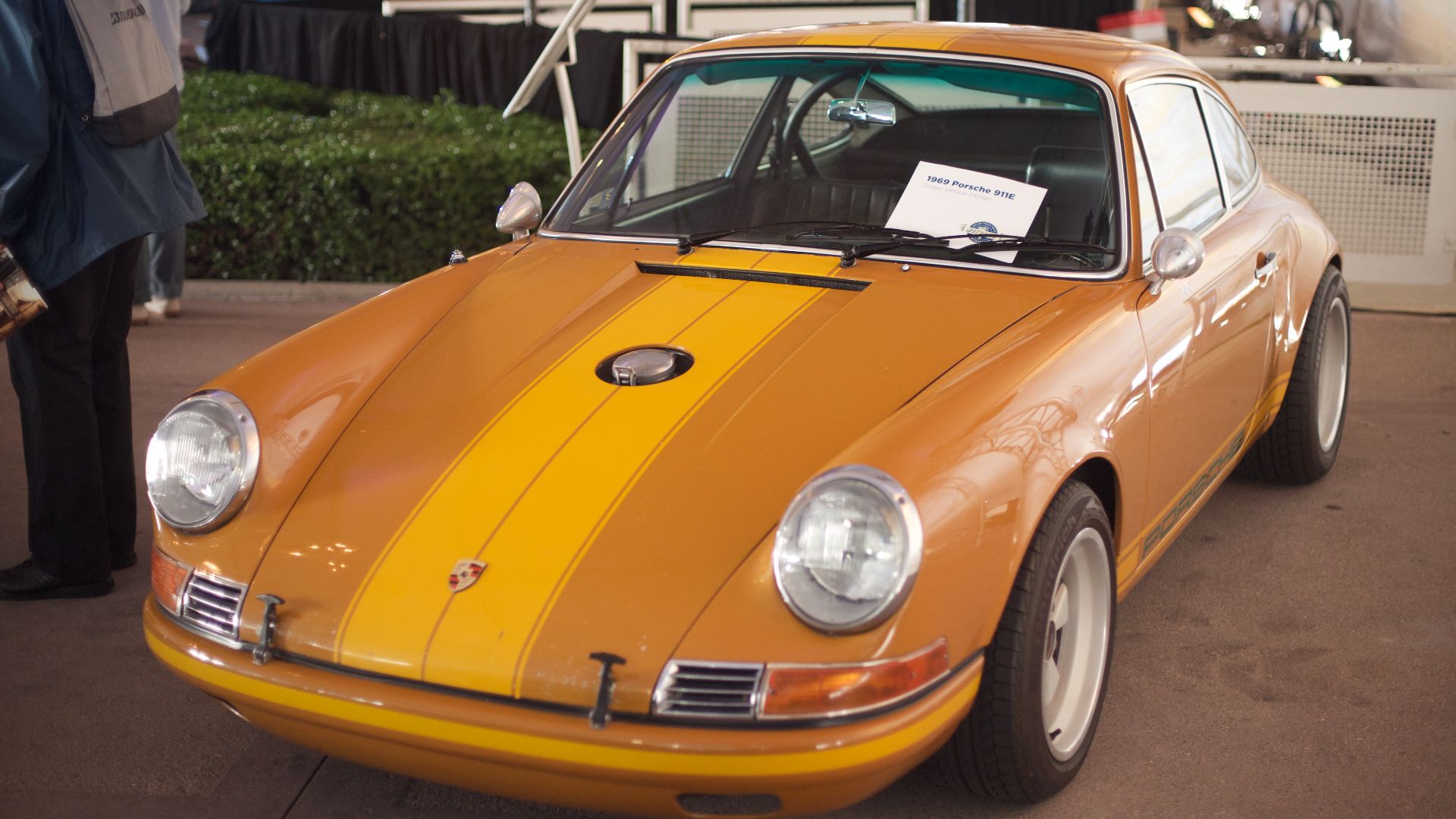 steve lyon from yosemite, ca, usa, Wikimedia Commons
steve lyon from yosemite, ca, usa, Wikimedia Commons
Porsche 911 (Early Carbureted Models, 1960s–1970s) (Cont.)
Even a slightly clogged air filter could throw off the mixture, while temperature changes required rejetting. What was the point of spending entire afternoons synchronizing carburetors, only to have customers return days later with the same complaints? Switching to mechanical fuel injection made things better, though.
 Alexander Migl, Wikimedia Commons
Alexander Migl, Wikimedia Commons
Aston Martin Lagonda (1976–1990)
In 1976, the future showed up, but it didn’t stick around for long before breaking down in the Aston Martin service bay. It brought to light a totally digital dashboard with CRT displays, touch controls, and a bunch of computer systems.
Aston Martin Lagonda (1976–1990) (Cont.)
Britain's answer to high-tech luxury suffered from being approximately fifteen years ahead of the electronics industry's ability to make it reliable. The dashboard computers crashed regularly, the touch controls responded randomly to commands, and the digital displays often showed creative interpretations of actual vehicle data.
Aston Martin Lagonda (1976–1990) (Cont.)
This car became famous for breakdowns and system failures, earning it a spot among the “worst cars of all time” in multiple publications. Early models, in particular, left such a bad reputation that only 645 cars were ultimately produced in 14 years, far fewer than expected.
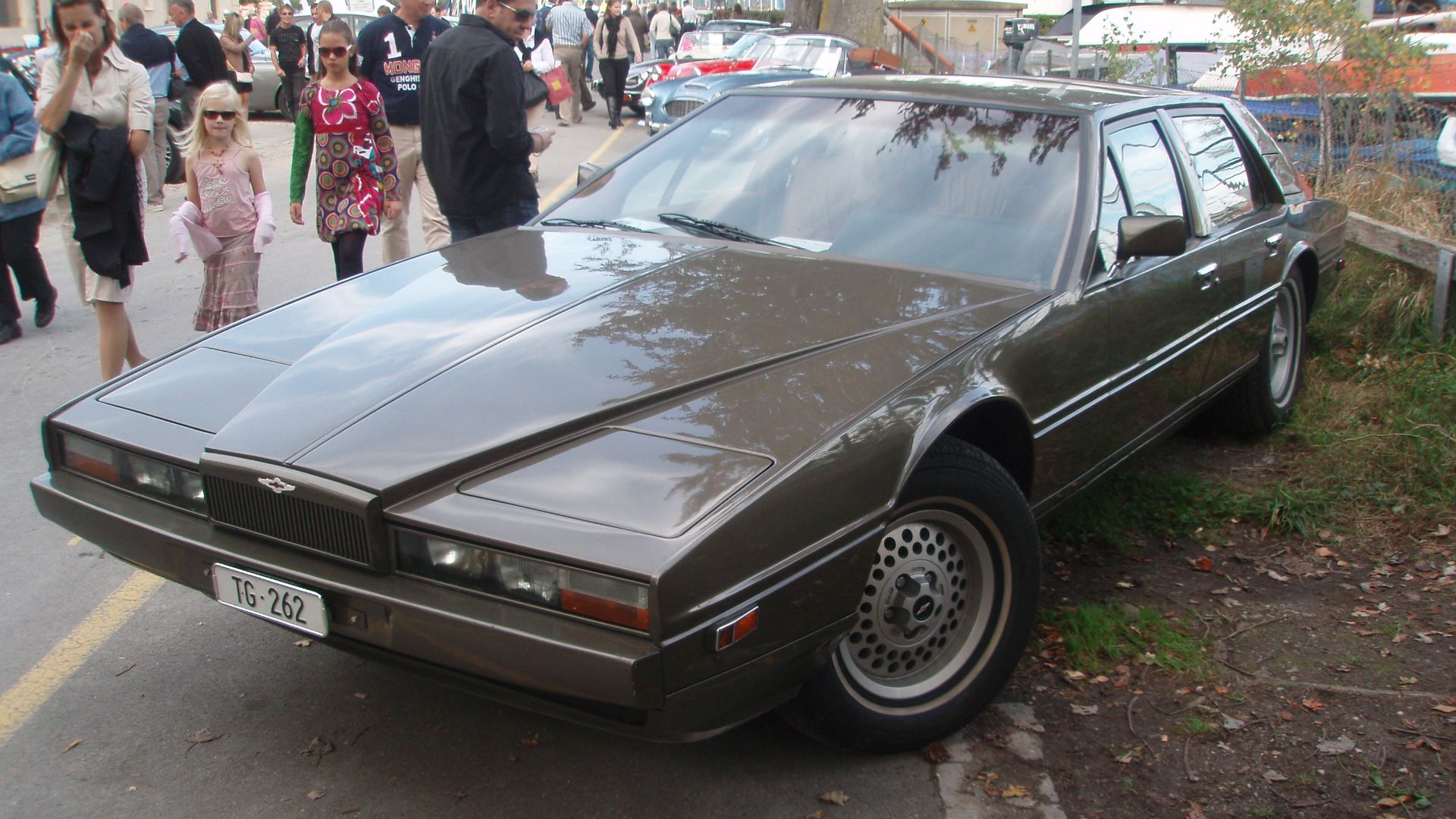 Akela NDE (talk), Wikimedia Commons
Akela NDE (talk), Wikimedia Commons
Mercedes-Benz R107 (450SL/280SL) (1971–1989)
The Mercedes R107 series looked like the perfect gentleman's roadster with its clean lines and refined presence, but below that body lay complex vacuum systems. The 450SL and 280SL models used vacuum pressure to control everything from the central locking system to the climate control.
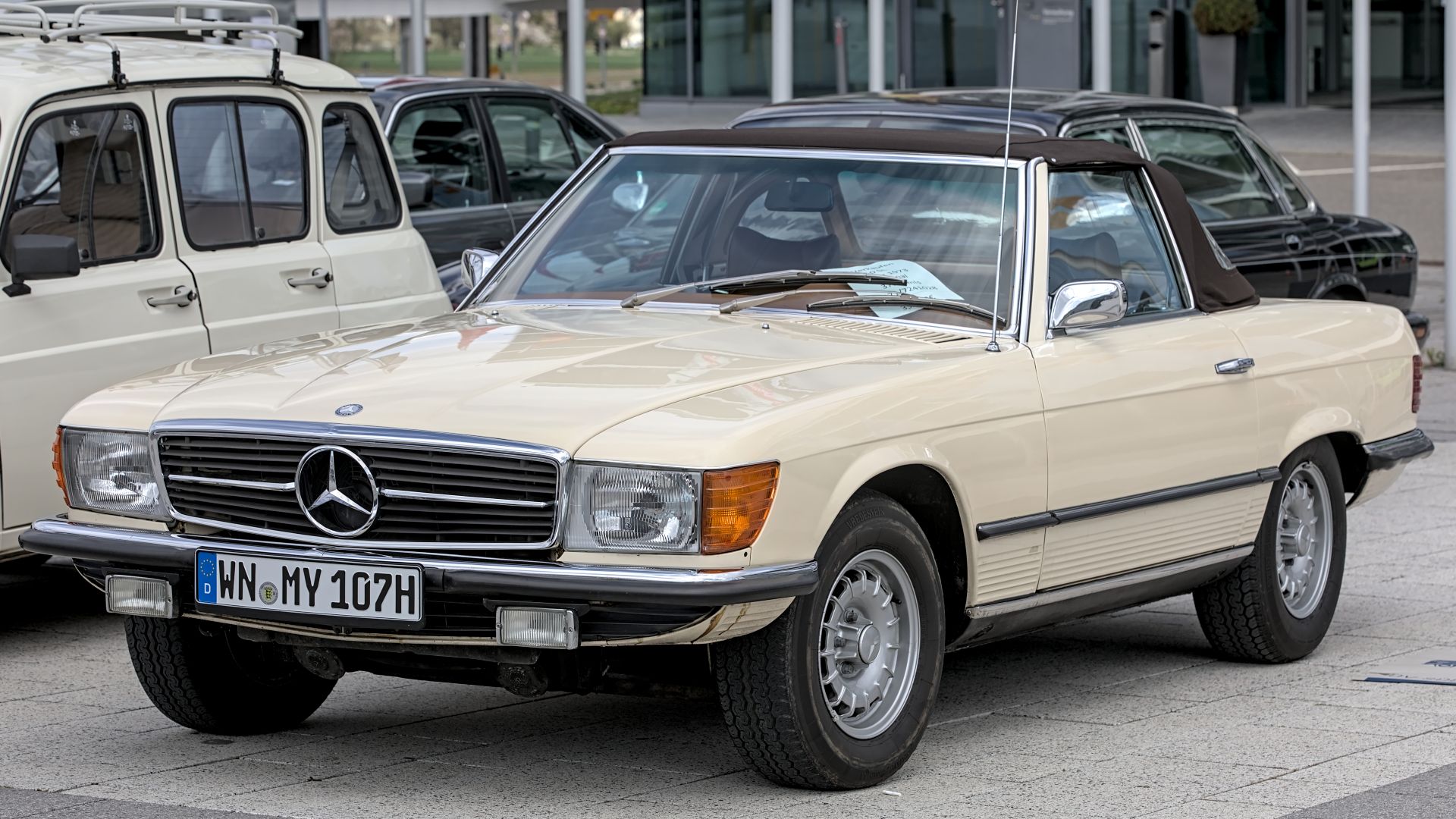 Alexander Migl, Wikimedia Commons
Alexander Migl, Wikimedia Commons
Mercedes-Benz R107 (450SL/280SL) (1971–1989) (Cont.)
When the vacuum system worked properly, it was impressive. Doors locked with a satisfying thunk, the climate control maintained precise temperatures, and flaps and valves operated smoothly. However, after a few years of use, the rubber components began deteriorating, creating vacuum leaks.
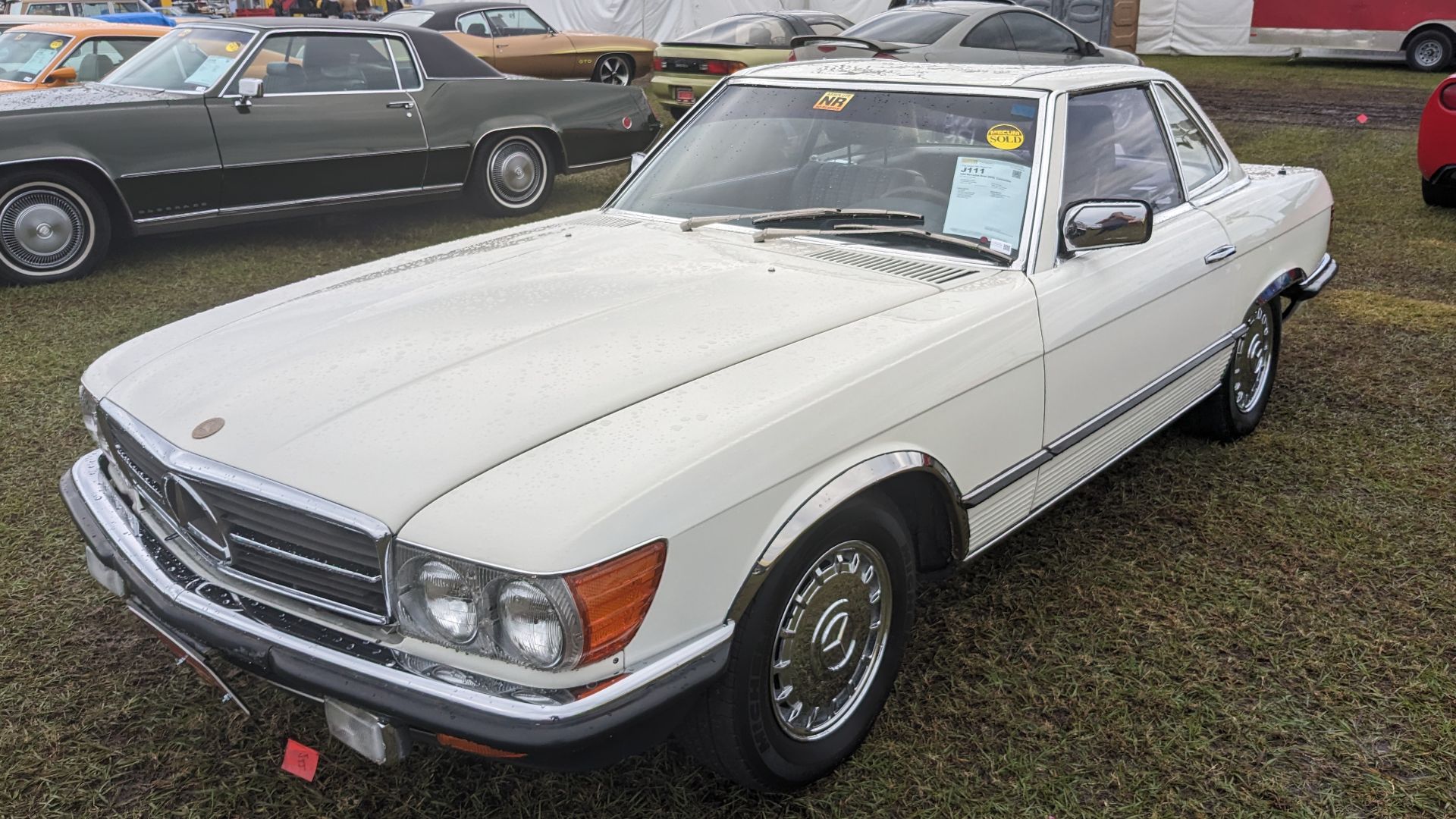 Pokemonprime, Wikimedia Commons
Pokemonprime, Wikimedia Commons
Mercedes-Benz R107 (450SL/280SL) (1971–1989) (Cont.)
Ultimately, the real annoyance came from the interconnected nature of these systems. A failed vacuum reservoir could affect door locks, a leaky hose might disable the climate control, and a faulty check valve could cause many systems to malfunction simultaneously.
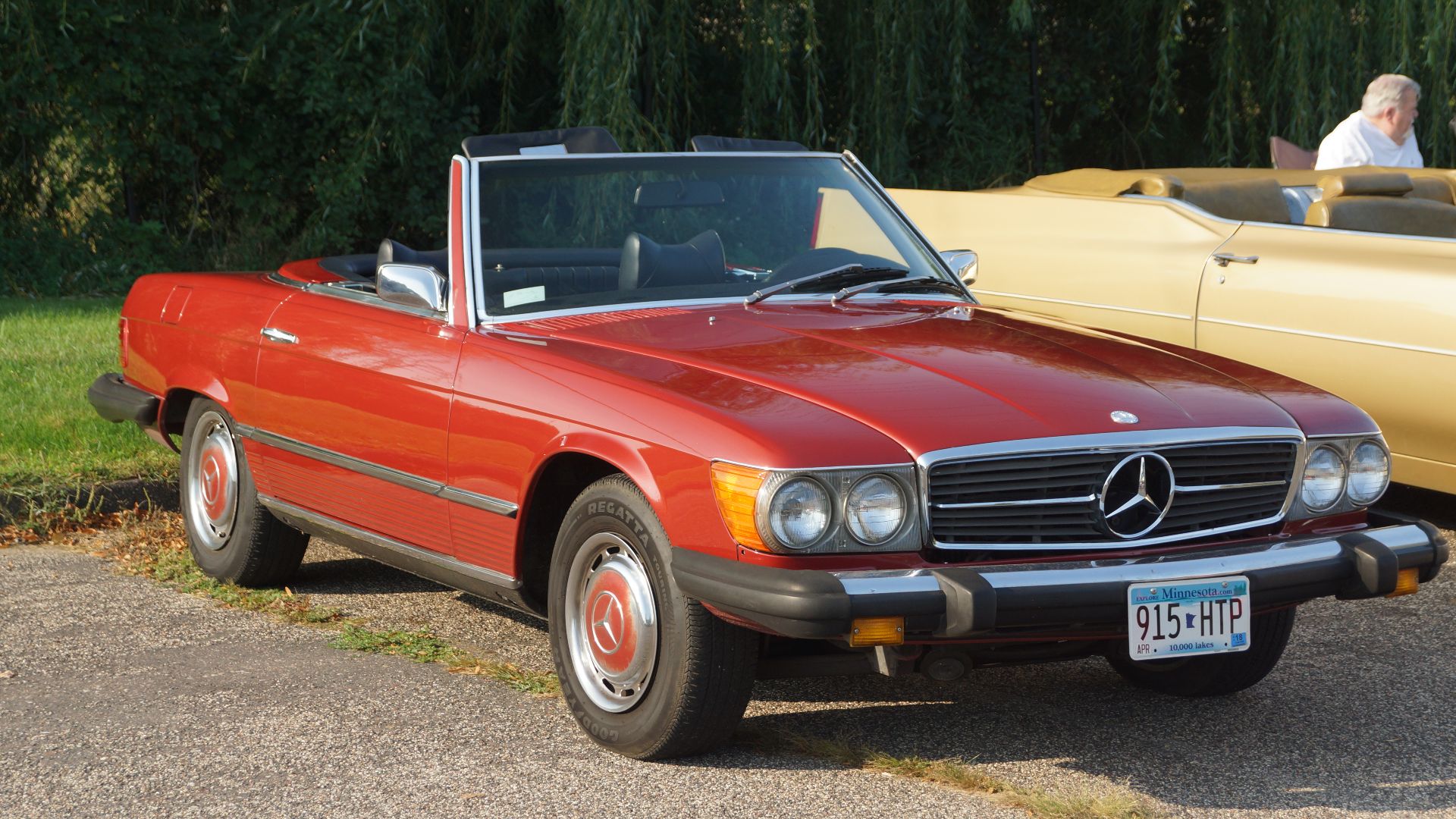 Greg Gjerdingen from Willmar, USA, Wikimedia Commons
Greg Gjerdingen from Willmar, USA, Wikimedia Commons
Lamborghini Countach (Early Models, 1974–1978)
The Countach's dramatic wedge shape and scissor doors made it the ultimate poster car, but early examples tested the patience of both owners and mechanics. The 4.0-liter V12 engine in the LP400 produced 375 horsepower and delivered explosive performance, with acceleration that few cars could match.
Lamborghini Countach (Early Models, 1974–1978) (Cont.)
From a maintenance perspective, the early Countach was an exercise in automotive masochism. The engine bay was so tightly packaged that routine service work was all about removing major body panels or even lifting the engine. Besides, changing spark plugs was a multi-hour ordeal.
Jensen-Healey (1972–1976)
Powered by a Lotus-designed 2.0-liter twin-cam 16-valve engine generating 140 horsepower, the car offered impressive performance with 0–60 mph times in the low 8-second range and a top speed of 119 mph. The unibody construction and independent suspension provided good handling.
Jensen-Healey (1972–1976) (Cont.)
Unfortunately, the Lotus 907 engine witnessed serious reliability problems in its early applications. Oil leaks were common due to poorly constructed cam tower seals, and the engine's high-pressure oil system was prone to catastrophic challenges if oil levels dropped even slightly.
De Tomaso Pantera (1971–1982)
Ford's partnership with Italian coachbuilder De Tomaso seemed like a brilliant idea on paper—blend American V8 reliability with Italian exotic car styling at a reasonable price. The reality was somewhat different because the Pantera reportedly suffered from quality control problems.
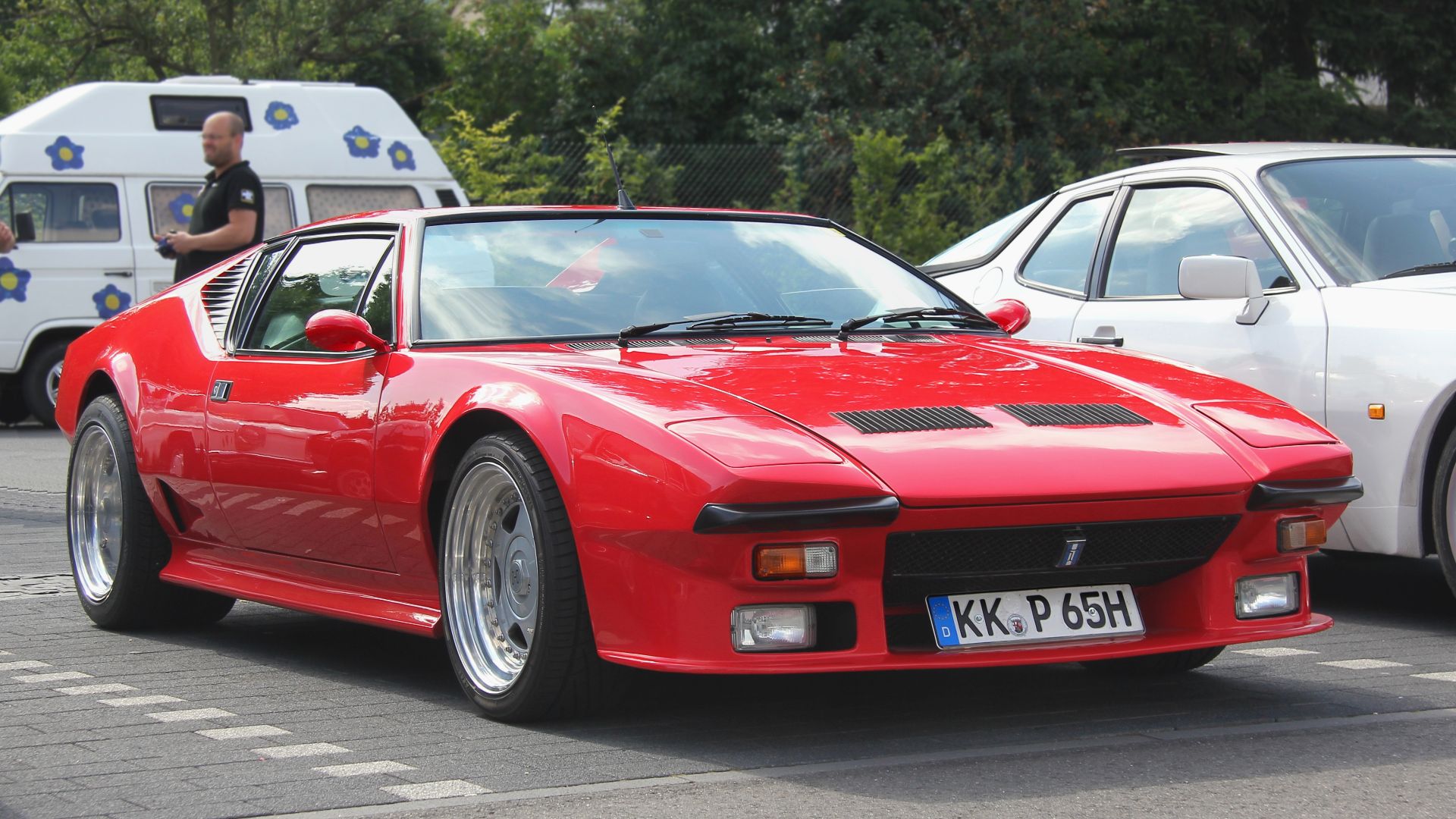 Lothar Spurzem, Wikimedia Commons
Lothar Spurzem, Wikimedia Commons
De Tomaso Pantera (1971–1982) (Cont.)
Here, electrical systems failed regularly, and cooling systems. Also, the ZF transaxle, while sturdy, required specialized knowledge to service properly. Body panels didn't always align correctly, and rust became a serious issue due to inadequate protection of the steel monocoque structure.
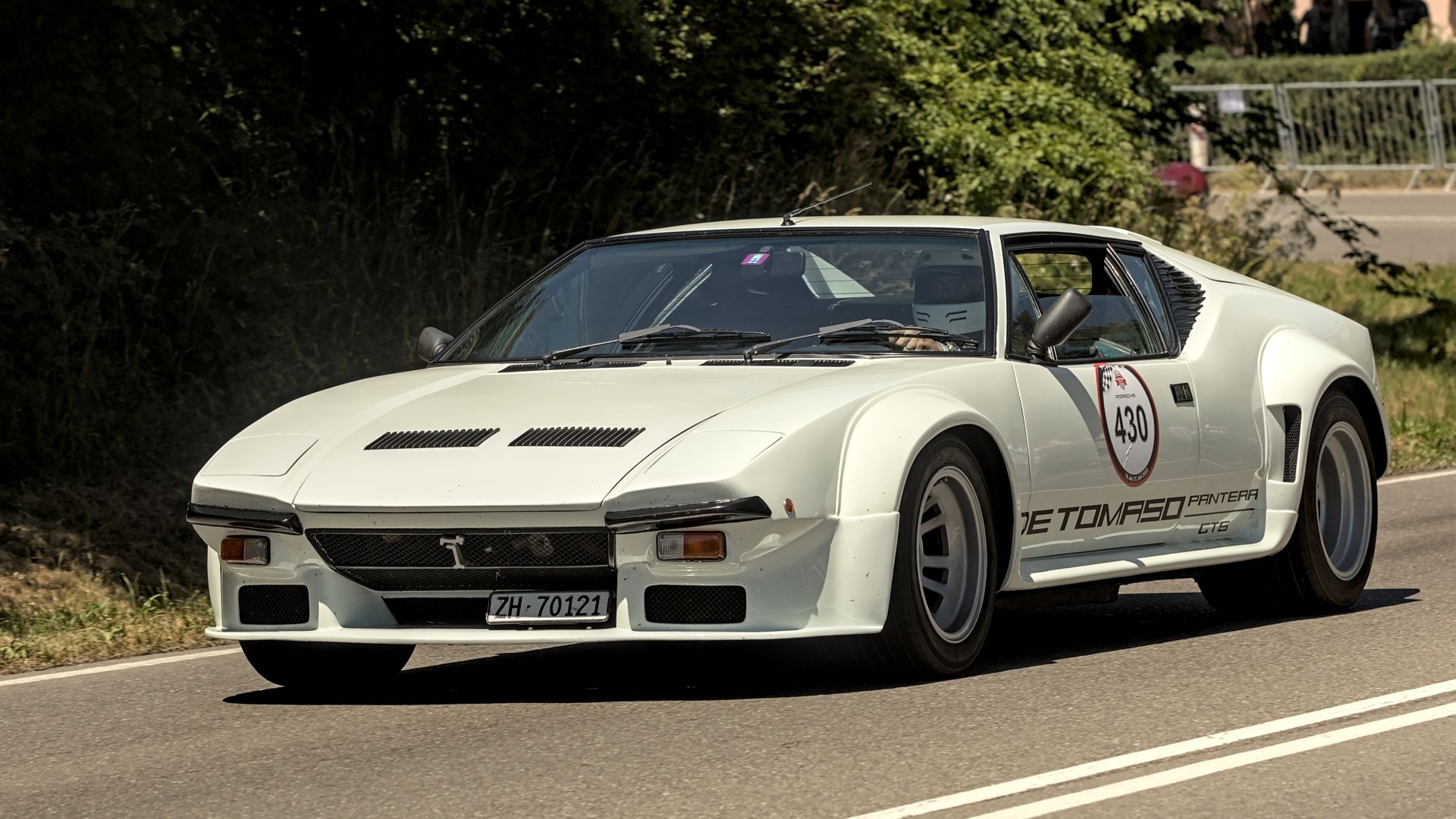 Alexander Migl, Wikimedia Commons
Alexander Migl, Wikimedia Commons
De Tomaso Pantera (1971–1982) (Cont.)
What made the Pantera a pain to maintain was the combination of American and Italian parts and methods. Ford dealers were expected to service these cars, but many lacked experience with mid-engine layouts and European electrical systems. Despite these issues, approximately 7,260 Panteras were built.
Fiat X1/9 (1972–1989)
The X1/9 was Fiat's attempt at building an affordable mid-engine sports car, and while they succeeded in making it affordable, the maintenance costs often weren't. Made by Bertone with a Fiat 128-derived engine mounted behind the driver, the X1/9 offered exotic car proportions.
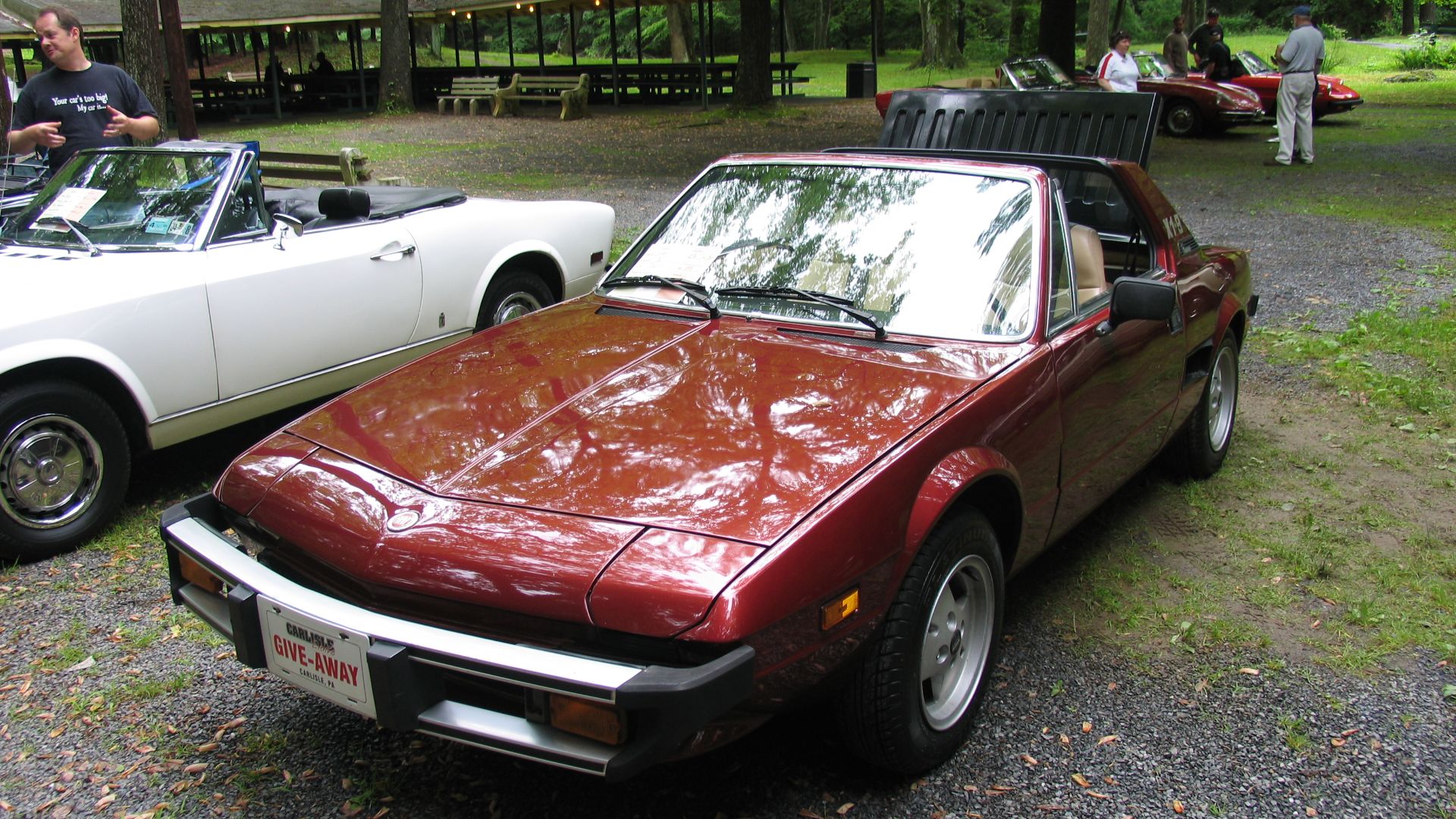 ilikewaffles11, Wikimedia Commons
ilikewaffles11, Wikimedia Commons
Fiat X1/9 (1972–1989) (Cont.)
However, the beast's electrical system seemed structured to test the patience of both owners and mechanics. Italian electrical components of the 1970s had a reputation for temperamental behavior, and the X1/9 didn't disappoint in this regard. Exposed connectors corroded in wet weather.
 Stribrohorak, Wikimedia Commons
Stribrohorak, Wikimedia Commons
Fiat X1/9 (1972–1989) (Cont.)
The pop-up headlight motors also failed regularly, leaving drivers with asymmetrical lighting or no headlights at all. Even more terrifying was the car's tendency to suffer from hot-start problems, where the engine bay heat would cause fuel to vapor-lock, making restart impossible until the car cooled down.
Maserati Merak (1972–1983)
The Merak was Maserati's answer to the Porsche 911. Sadly, it was prone to electrical system complications, including intermittent faults and failures affecting lighting, ignition, and other components. Regular checks and using original parts in the electrical system (such as alternators) were important to avoid breakdowns.
 Brian Snelson from Hockley, Essex, England, Wikimedia Commons
Brian Snelson from Hockley, Essex, England, Wikimedia Commons
Maserati Merak (Cont.)
There were reports of worn suspension components leading to rattling noises, uneven tire wear, and rough rides. The Merak reportedly struggled with rust more aggressively compared to other Maserati models, especially in difficult-to-repair locations such as sills and chassis areas.
TVR (Various 1970s Models)
Due to low production volume and British origin, many TVR-specific parts (suspension components, trim, electrical parts) were rare and costly. Early to mid-1970s TVRs had inconsistent factory fit and finish, leading to misaligned doors, panel gaps, and previous poor repairs that complicate further work.
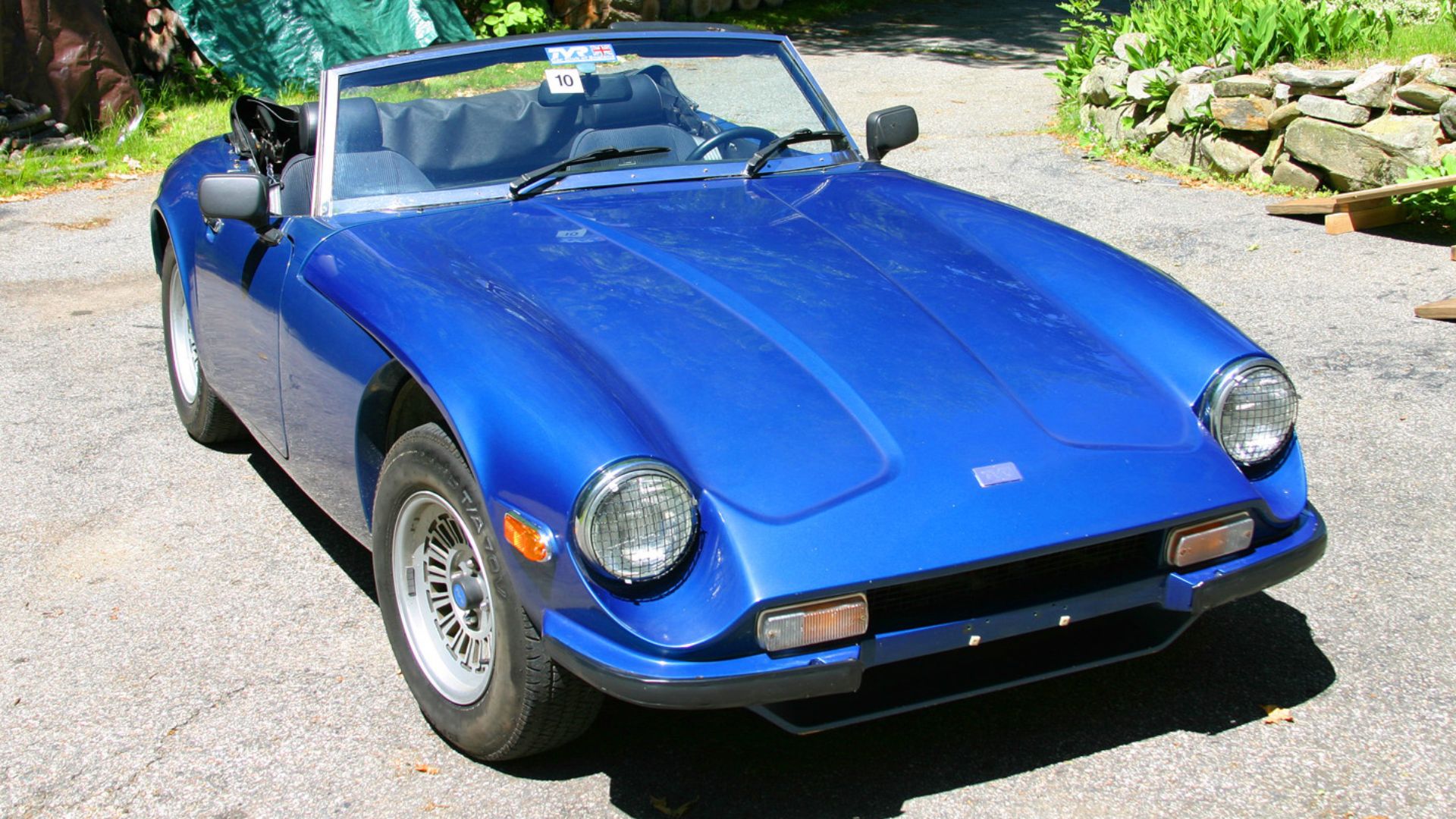 ColinMB at English Wikipedia, Wikimedia Commons
ColinMB at English Wikipedia, Wikimedia Commons
TVR (Various 1970s Models) (Cont.)
Discovering or repairing a rotten chassis demanded lifting off the entire body, a demanding job that most shops avoid or charge highly for. Lucas components mixed with TVR's own wiring give rise to opportunities for mysterious failures that could take hours to diagnose.
 Sharpezero4, Wikimedia Commons
Sharpezero4, Wikimedia Commons
TVR (Various 1970s Models) (Cont.)
Cooling systems struggled to manage the heat from powerful engines in tight engine bays, and the fiberglass bodies, while lightweight and rust-proof, could crack or delaminate if stressed or improperly repaired. The M-series cars saw overheating issues and electrical gremlins.
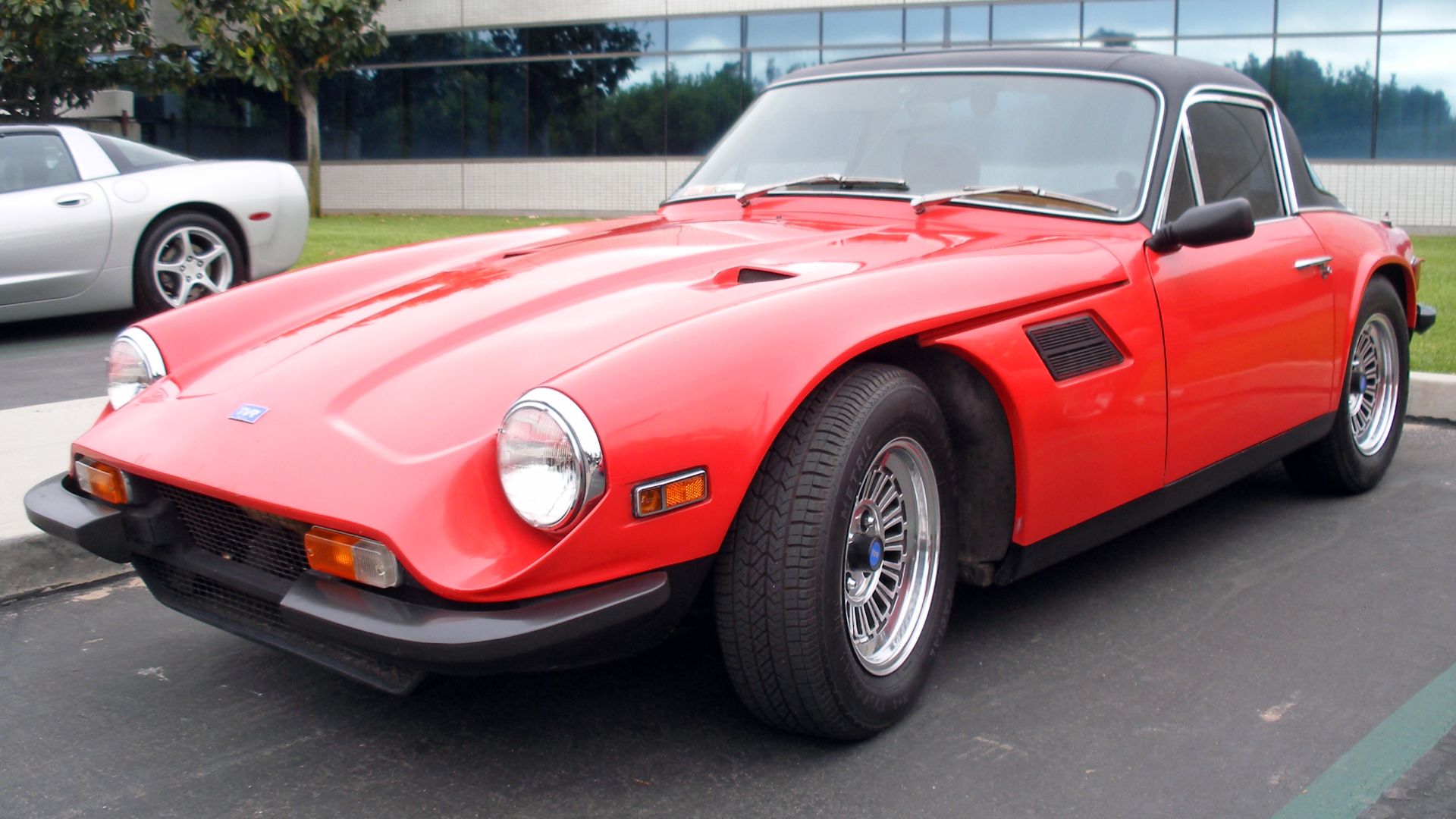 Phil,cropped and altered by uploader Mr.choppers, Wikimedia Commons
Phil,cropped and altered by uploader Mr.choppers, Wikimedia Commons
MGB/MGB GT (1962–1980)
Let's talk about Britain’s best-selling sports car. Built around a simple 1.8-liter B-series engine and traditional body-on-frame construction, the MGB sold over 520,000 units during its 18-year production run. The vehicle displayed disc brakes up front, independent front suspension, and a solid rear axle.
MGB/MGB GT (1962–1980) (Cont.)
However, the MGB's Lucas electrical system became legendary for all the wrong reasons. It used a sophisticated color-coded wiring system where different circuits shared common connections, making fault diagnosis difficult. The fuse box connections corroded regularly, causing intermittent failures of lights, gauges, and ignition systems.
Triumph TR7/TR8 (1975–1981)
The TR7's wedge-shaped design was meant to herald a new era for British sports cars, but instead it became a cautionary tale about the challenges facing the British motor industry in the 1970s. Constructed during a turbulent period for British Leyland, the TR7 was met with quality control problems.
Triumph TR7/TR8 (1975–1981) (Cont.)
Its electrical system was mainly troublesome, with issues ranging from faulty alternators and ignition systems to shorts that could cause many systems to fail simultaneously. The Stromberg carburettors used on US-market cars were emission-compliant but finicky, needing constant adjustment to retain proper running.
Triumph TR7/TR8 (1975–1981) (Cont.)
The TR8, with its aluminum Rover V8 engine, was actually a much better ride mechanically, but it came too late to save the model's reputation. Both variants saw rust issues around the rear suspension mounting points, and the electrical systems remained problematic throughout production.
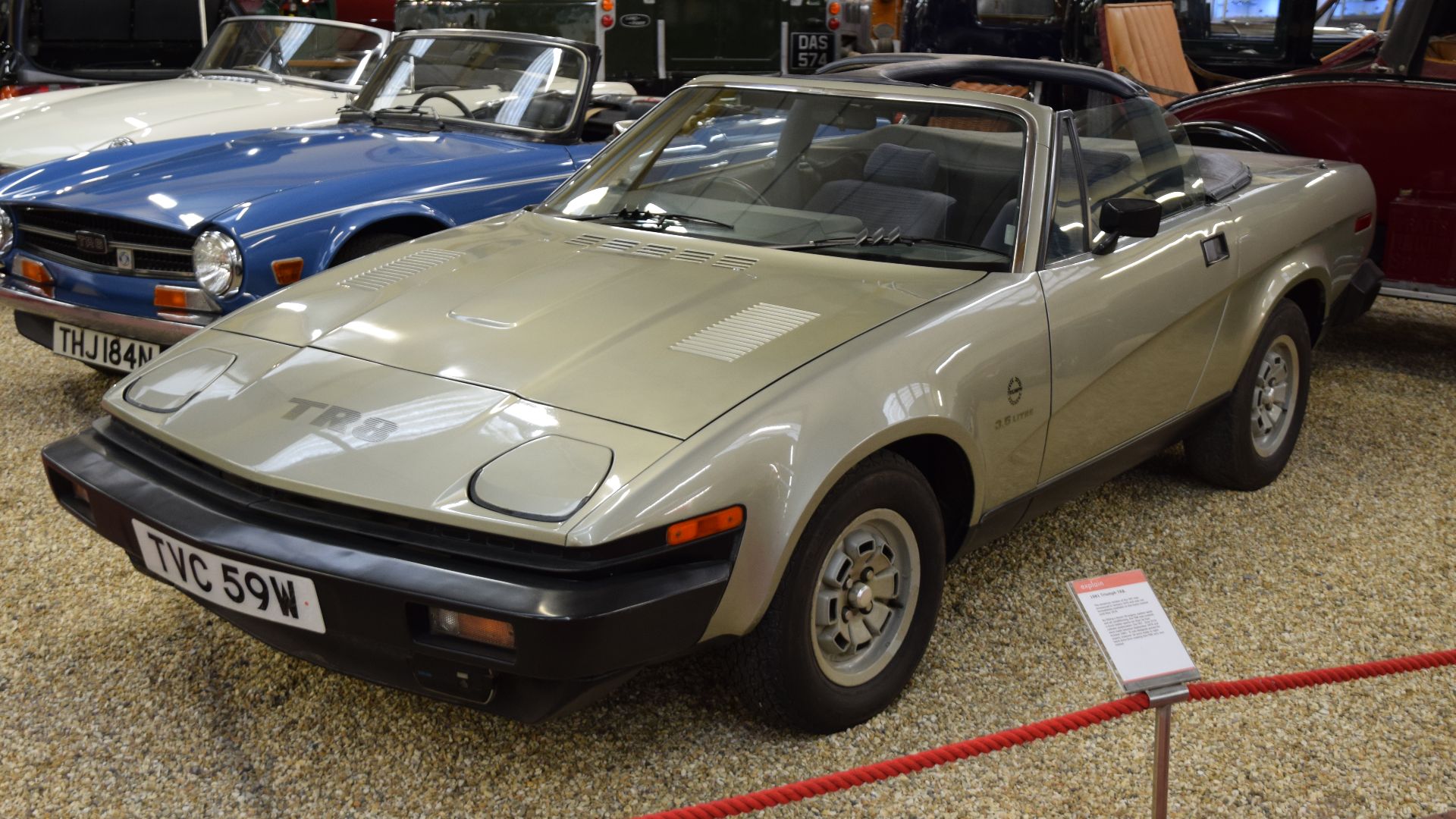 Hugh Llewelyn from Keynsham, UK, Wikimedia Commons
Hugh Llewelyn from Keynsham, UK, Wikimedia Commons
Lamborghini Miura (1966–1973)
Lamborghini Miura’s transverse mid-engine layout was unique and complicated. Its gearbox linkage ran through the engine bay, making adjustments and repairs difficult. Synchro rings in the gearbox demanded precise attention to provide smooth shifting. The transmission and differential also shared the same housing and oil supply.
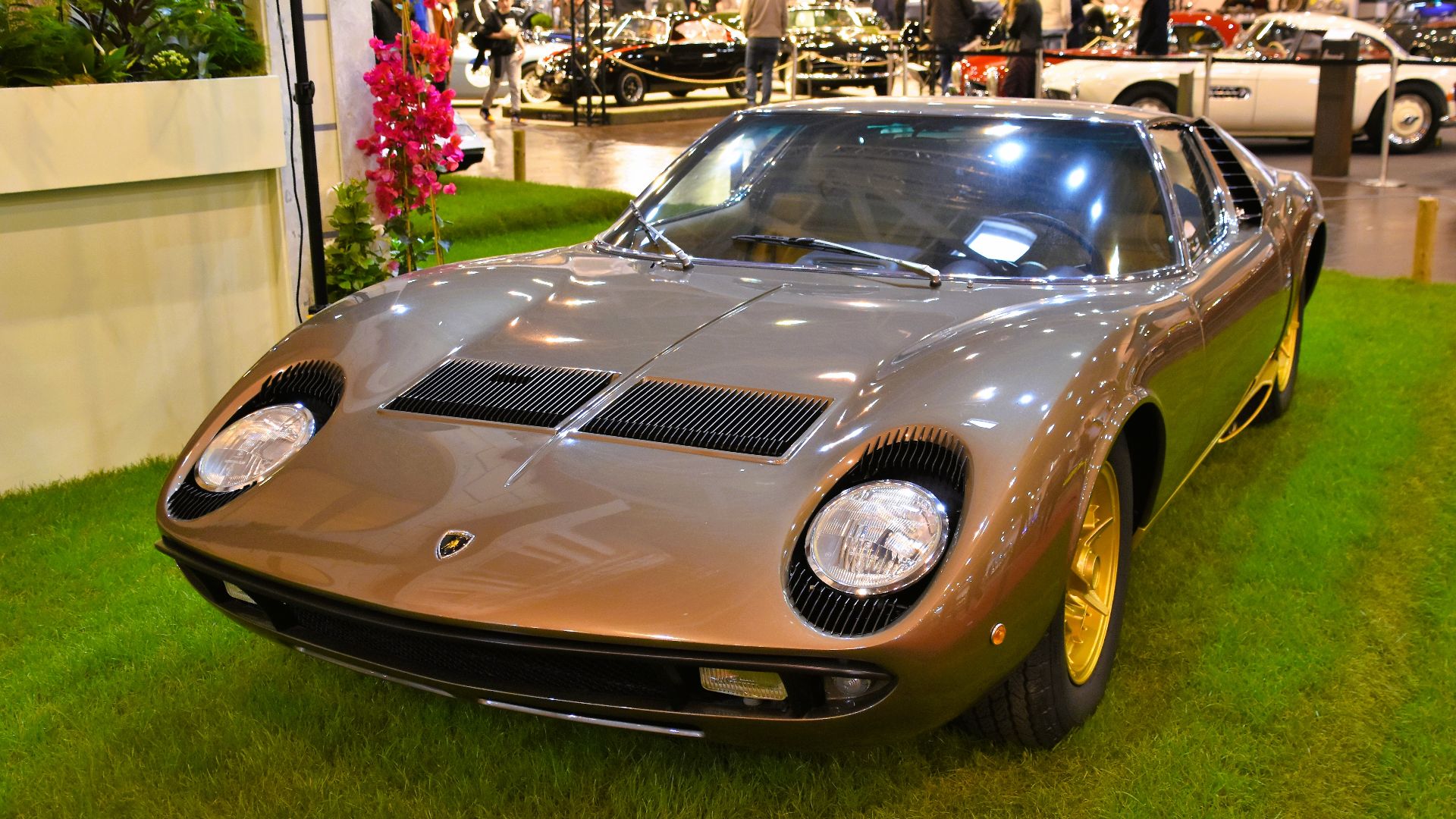 Charles from Port Chester, New York, Wikimedia Commons
Charles from Port Chester, New York, Wikimedia Commons
Lamborghini Miura (1966–1973) (Cont.)
As per sources, Miuras originally made use of multiple carburetors that fouled plugs if not tuned adequately. Cooling was a genuine concern, as the mid-mounted engine generated tremendous heat in a confined space. Overheating could easily result in terrible engine damage.
Lotus Esprit (Early Models, 1976–1987)
With its lightweight design and innovative aerodynamics, the Esprit achieved Ferrari-beating performance from a comparatively small 2.0-liter Lotus engine, fulfilling Colin Chapman's ideal of a useful supercar. The original Series 1 models' twin-cam four-cylinder engine generated 160 horsepower.
Lotus Esprit (Early Models, 1976–1987) (Cont.)
In reality, this car’s engine bay was extremely cramped, with the Lotus 907 engine mounted at a steep angle that made access to basic components difficult. The Dell'Orto carburetors needed frequent adjustment, plus the sophisticated vacuum advance system became open to leaks.
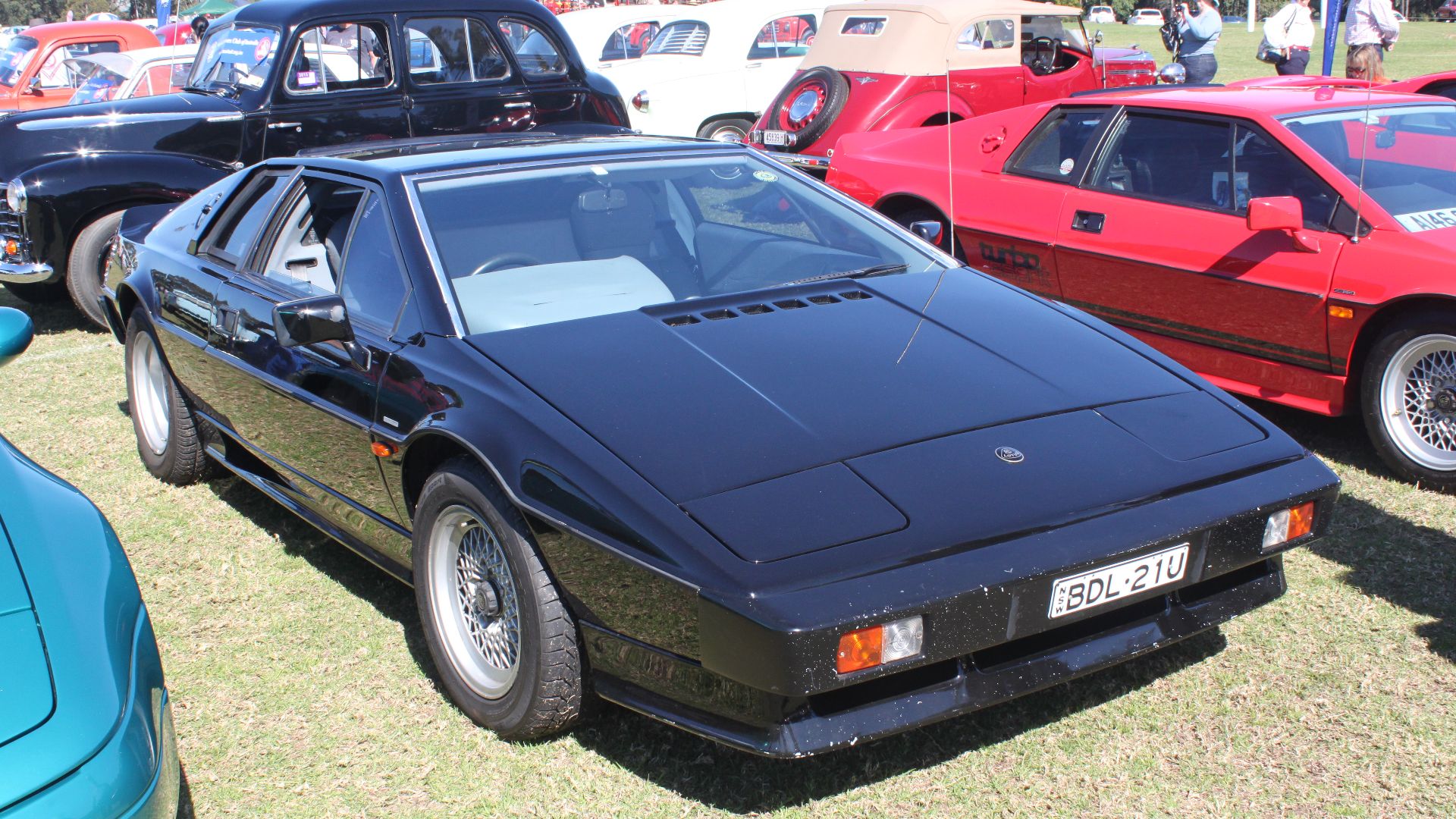 Jeremy from Sydney, Australia, Wikimedia Commons
Jeremy from Sydney, Australia, Wikimedia Commons

